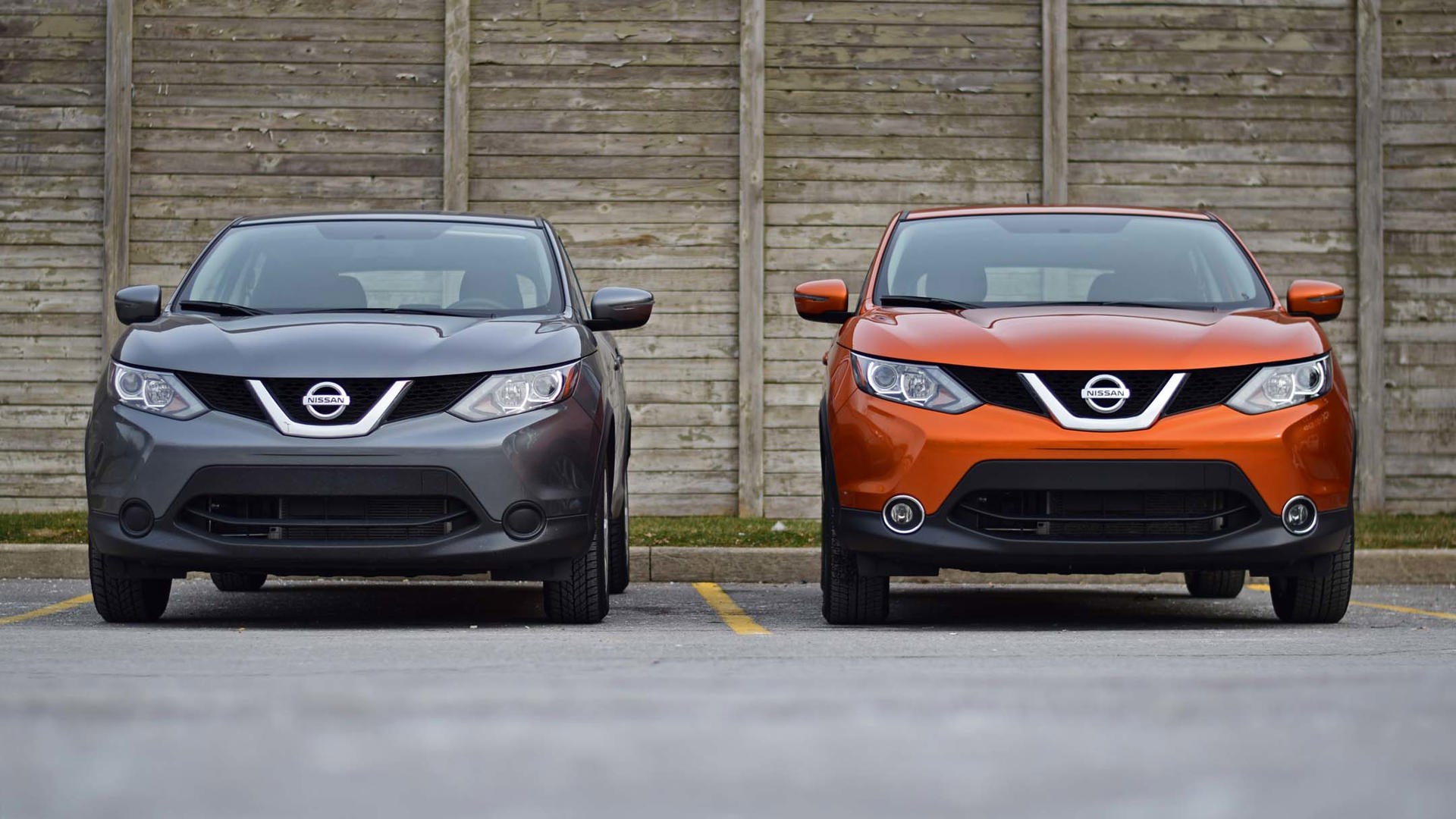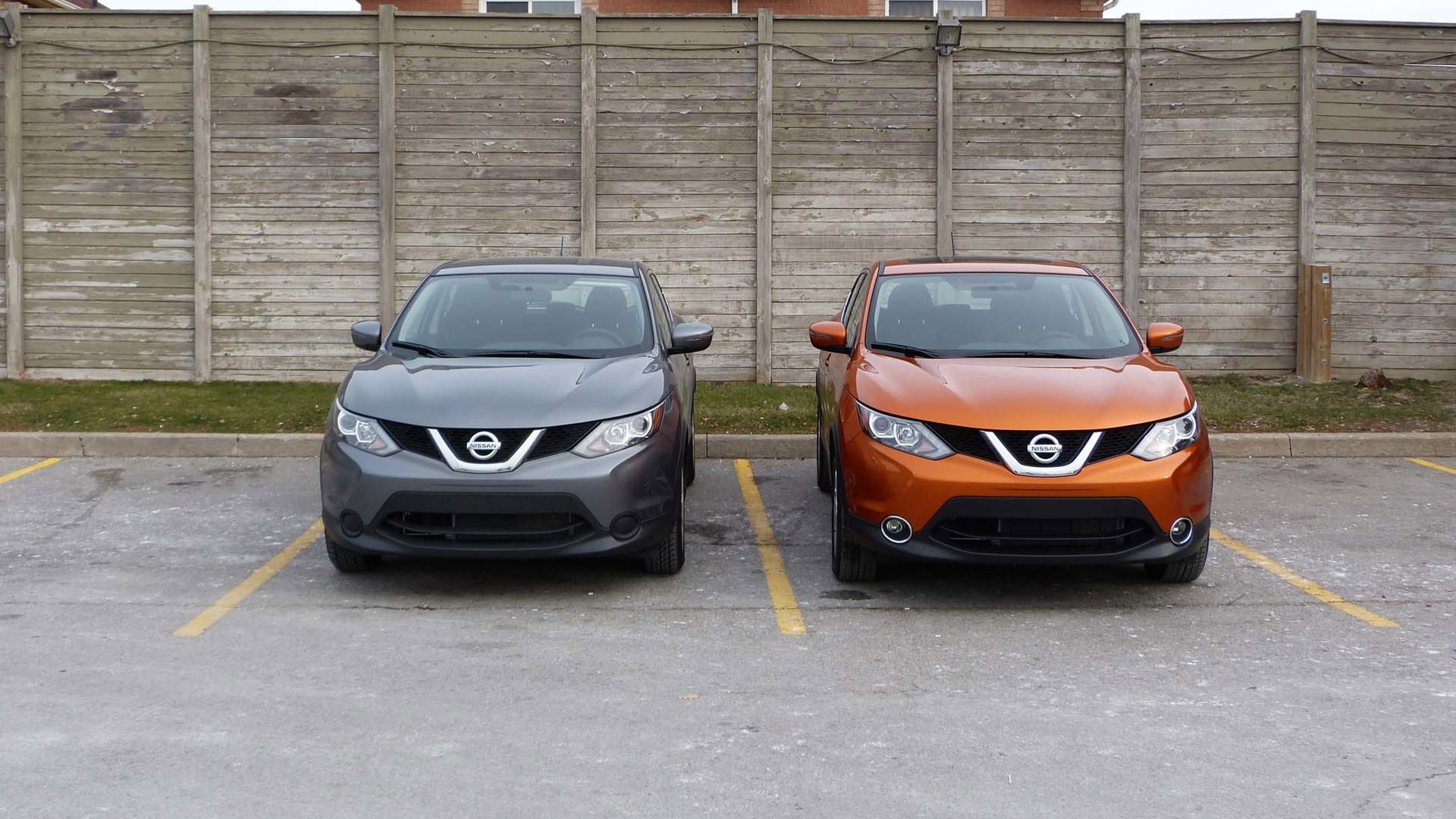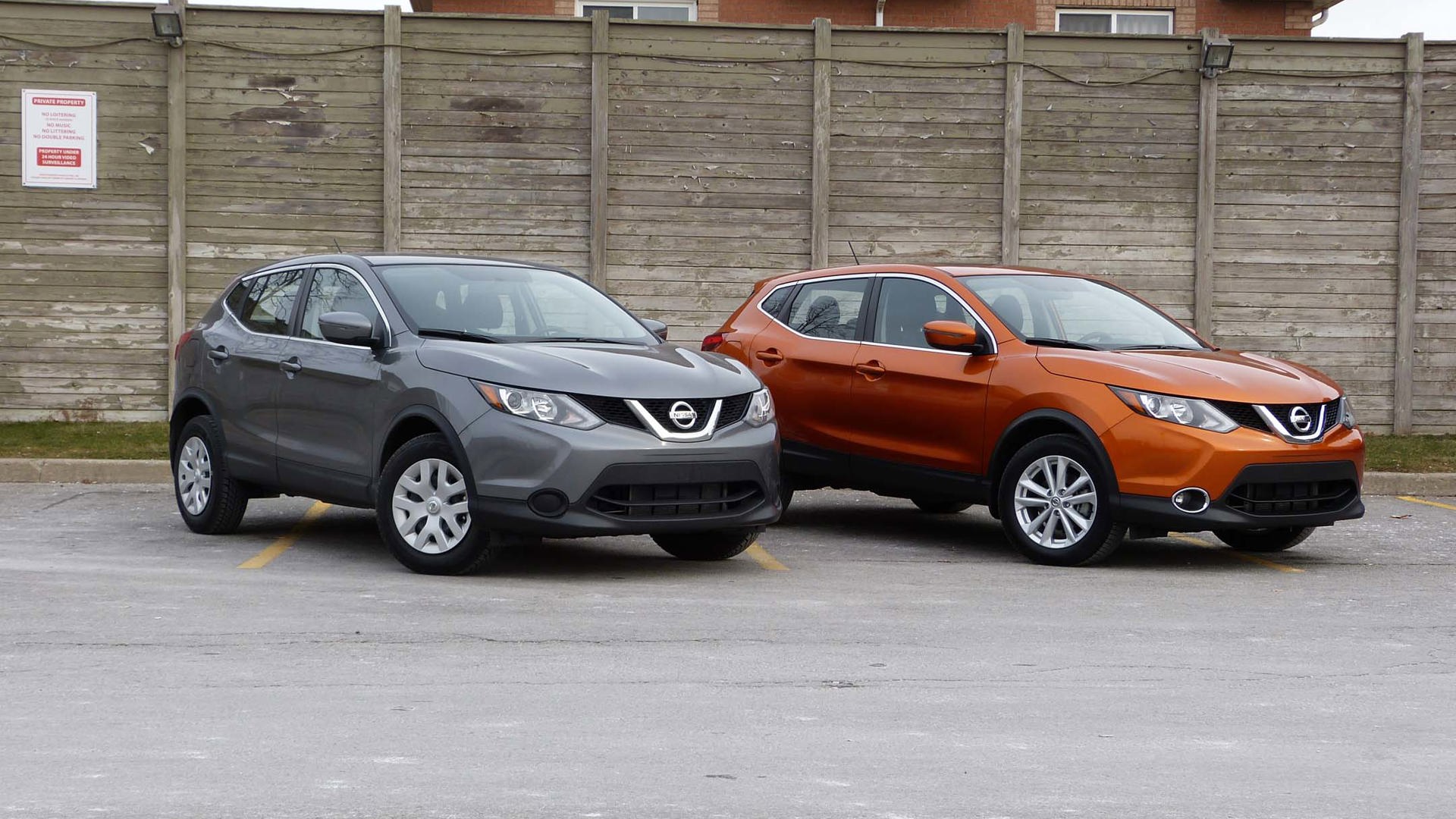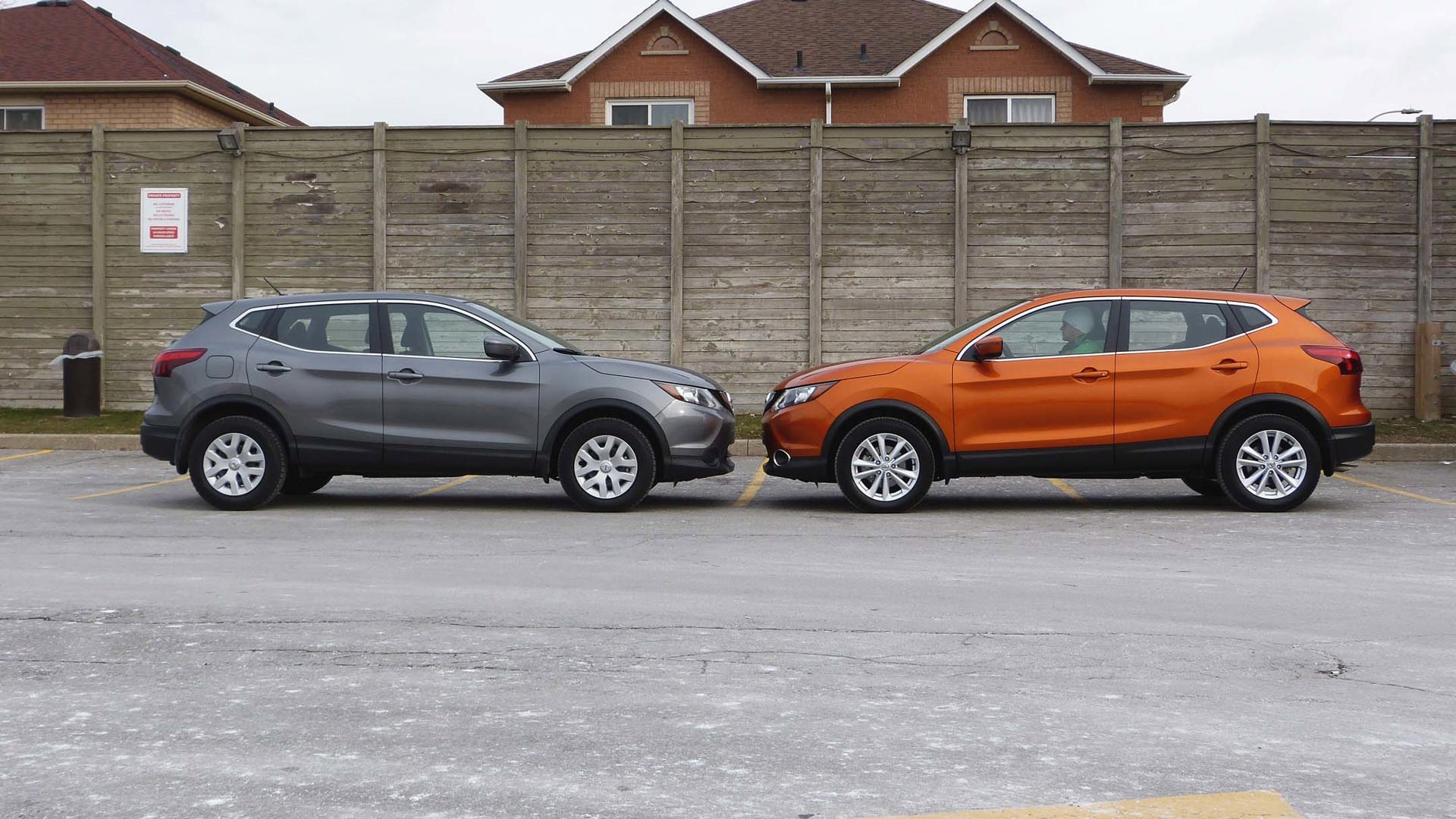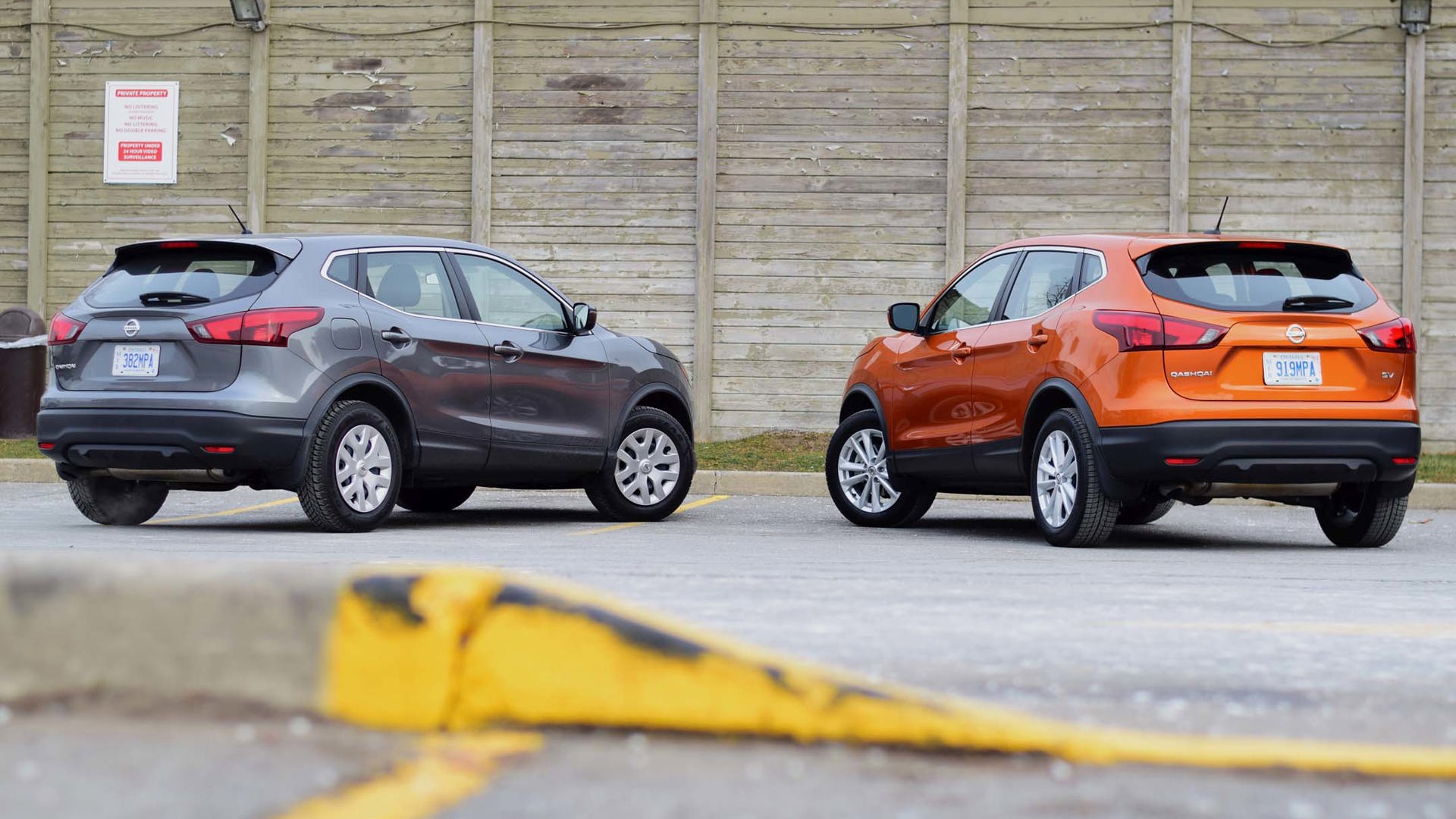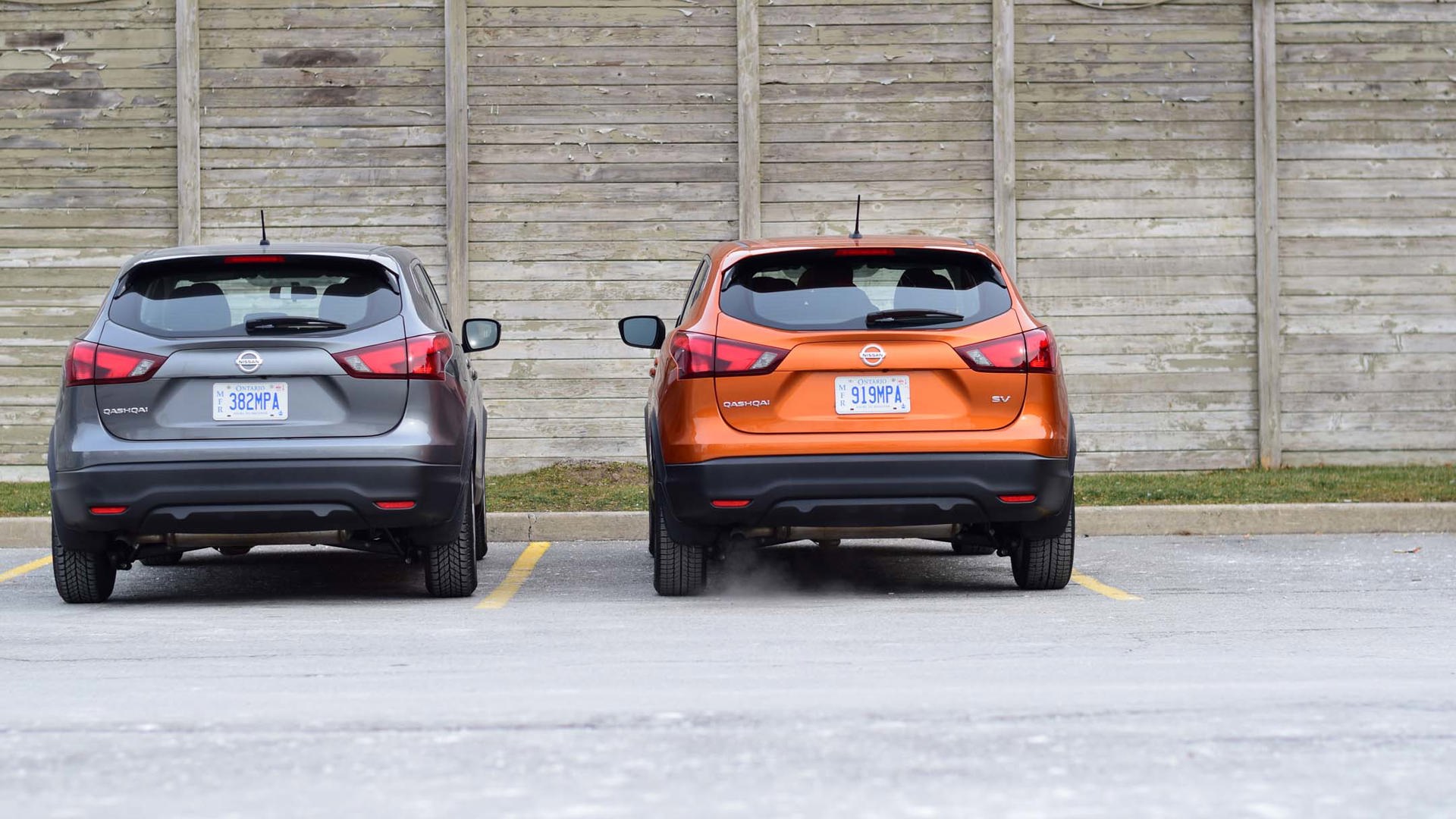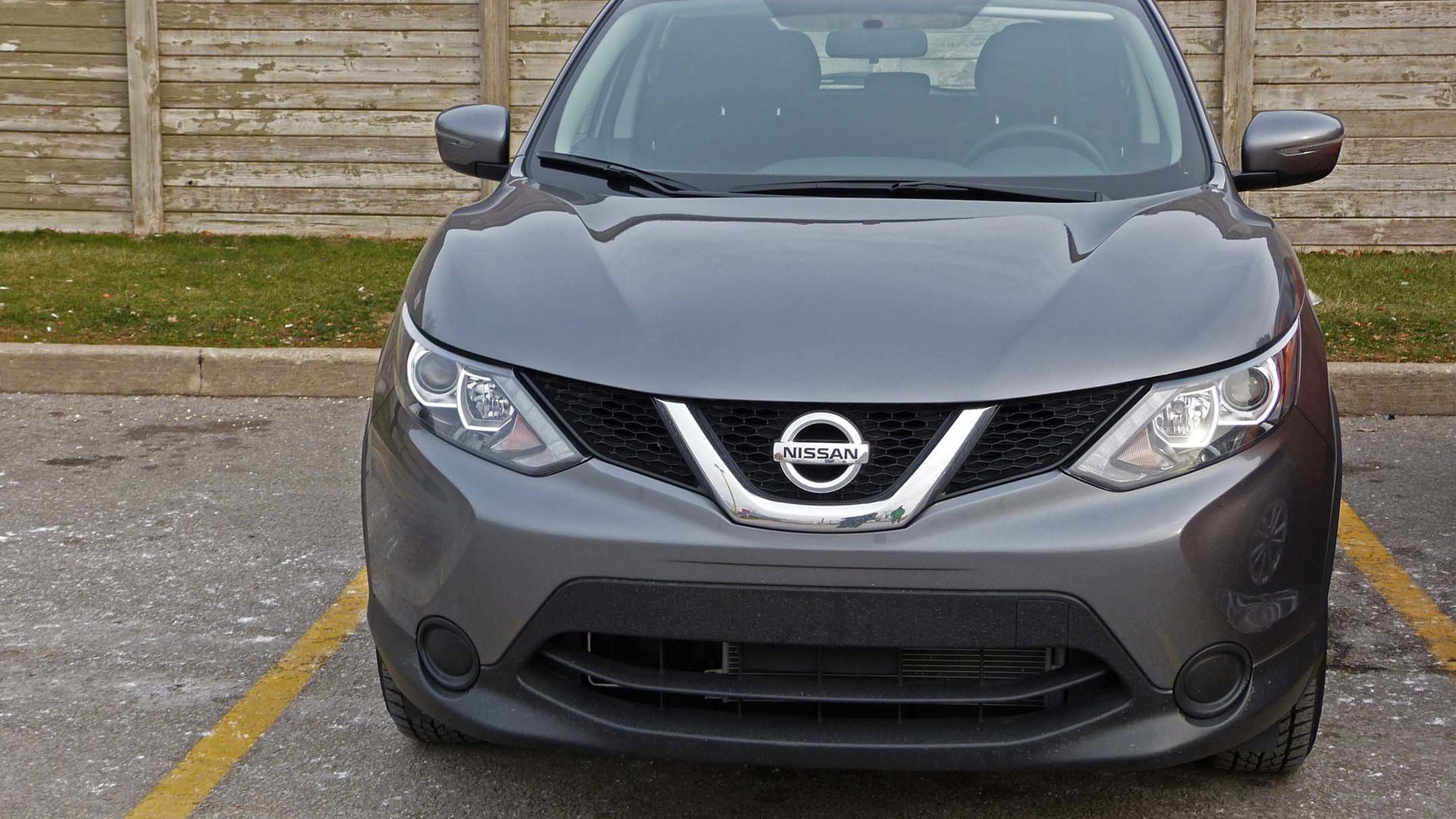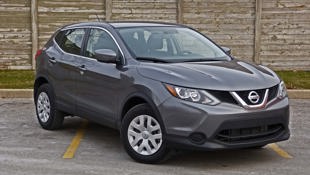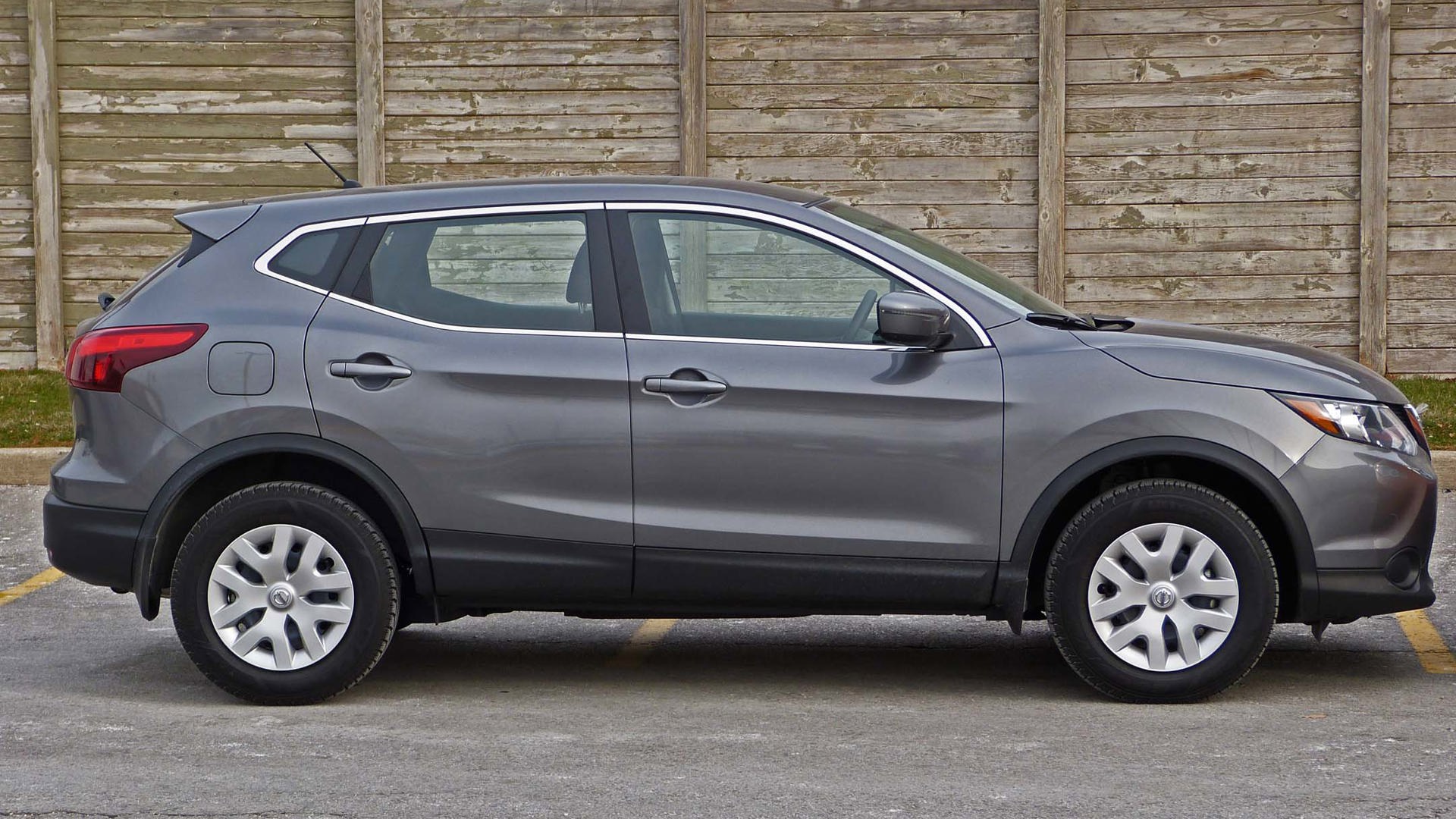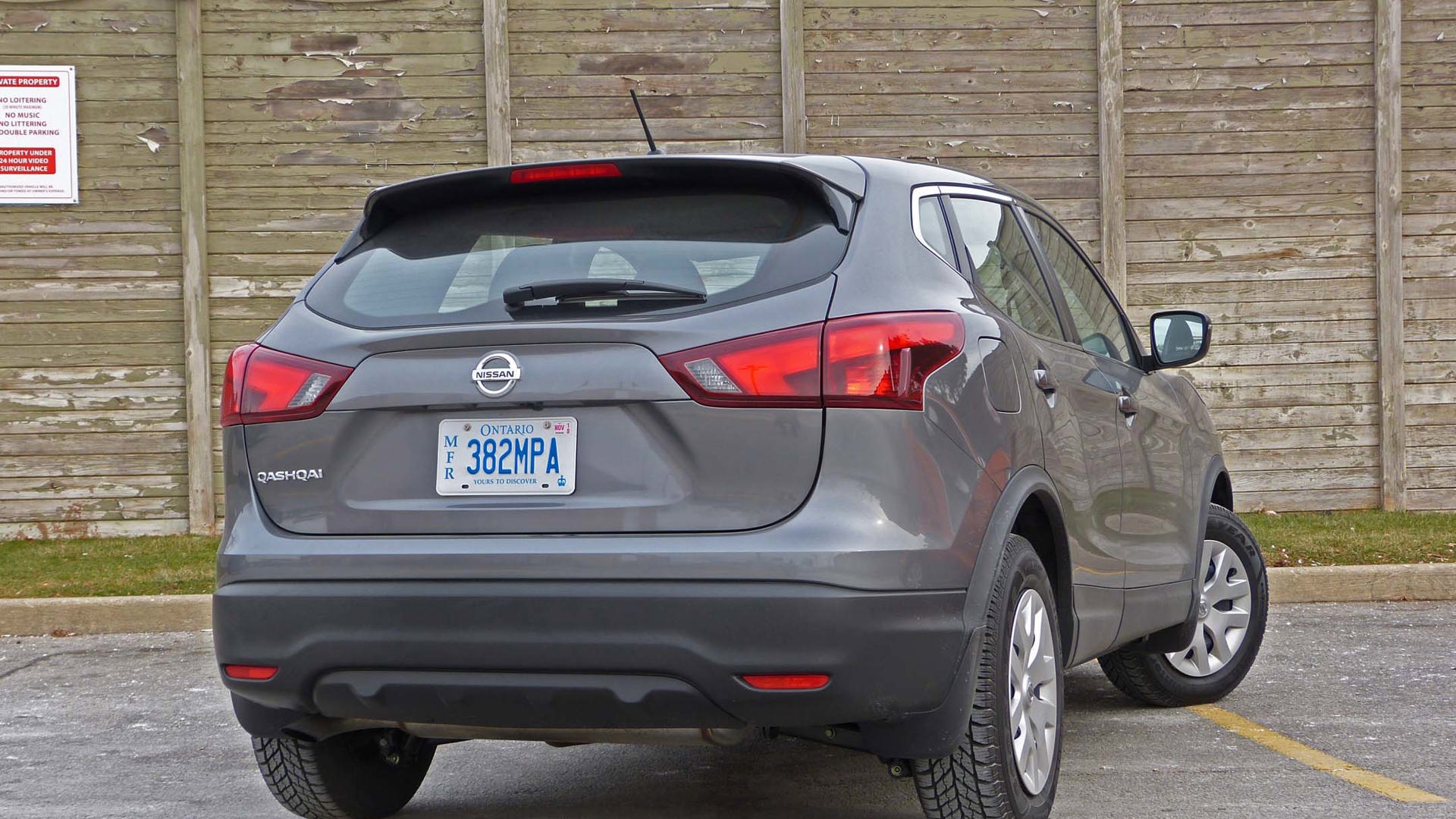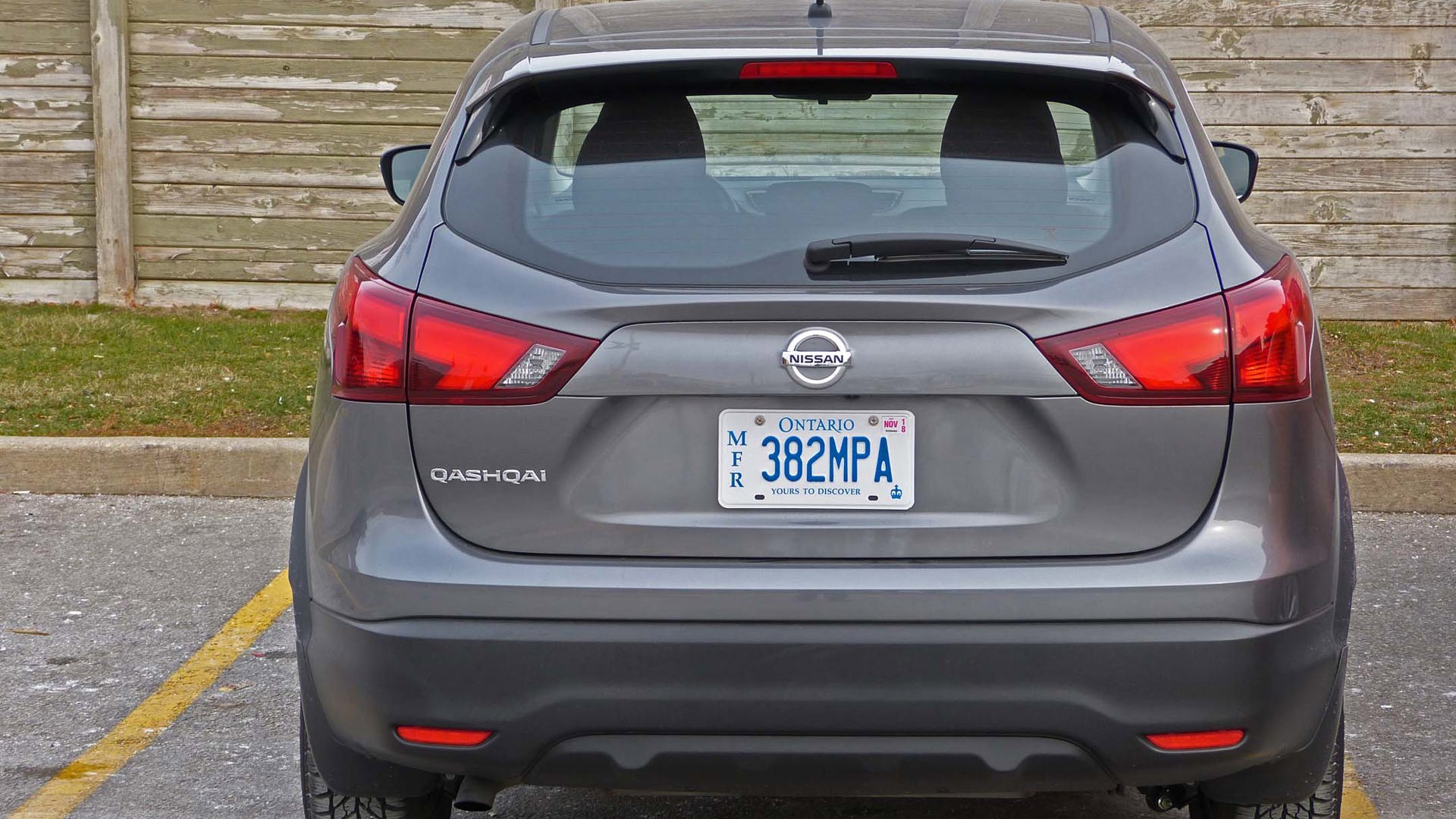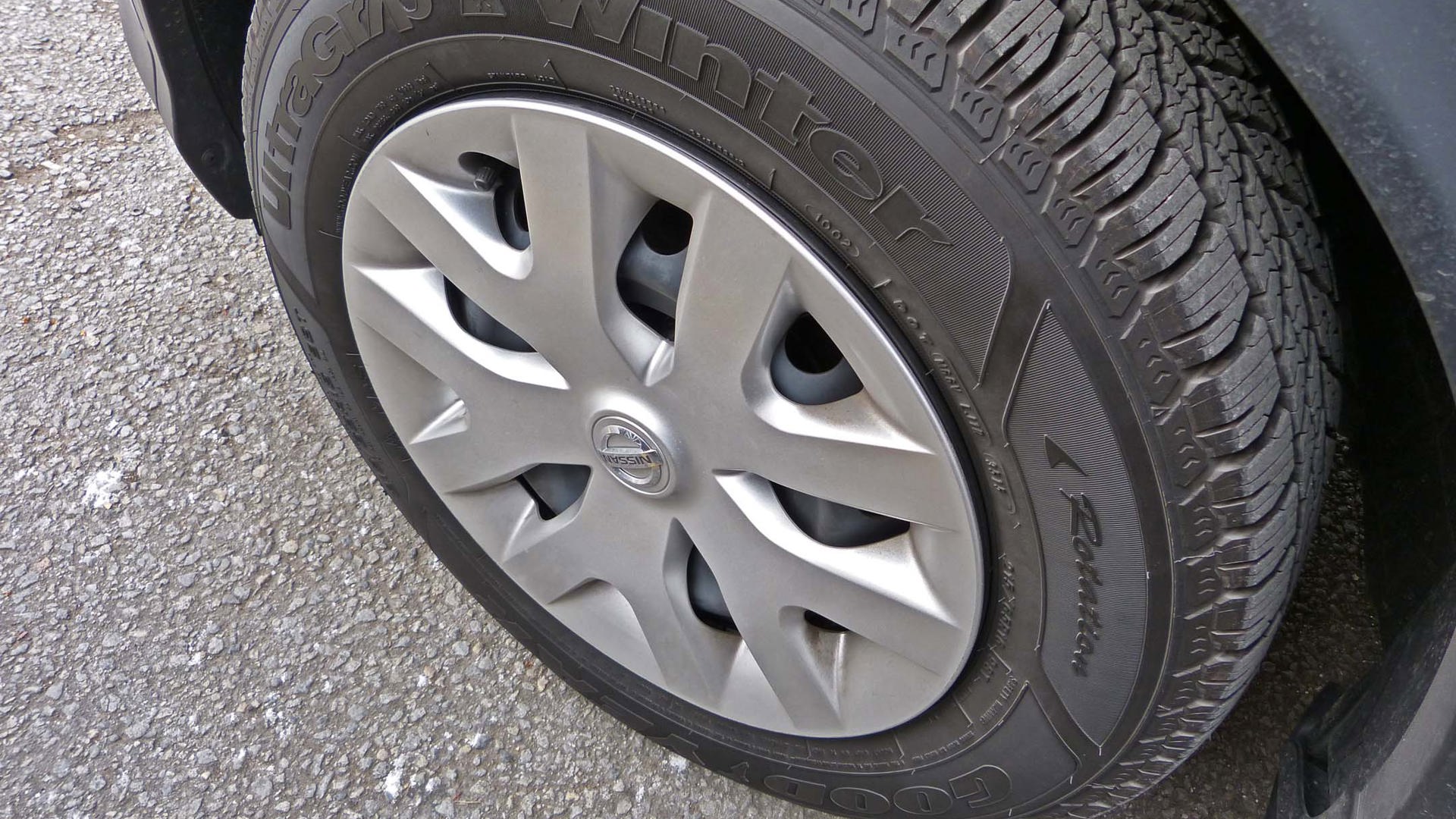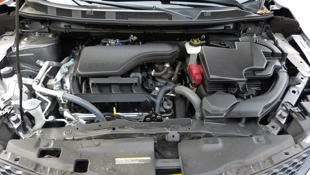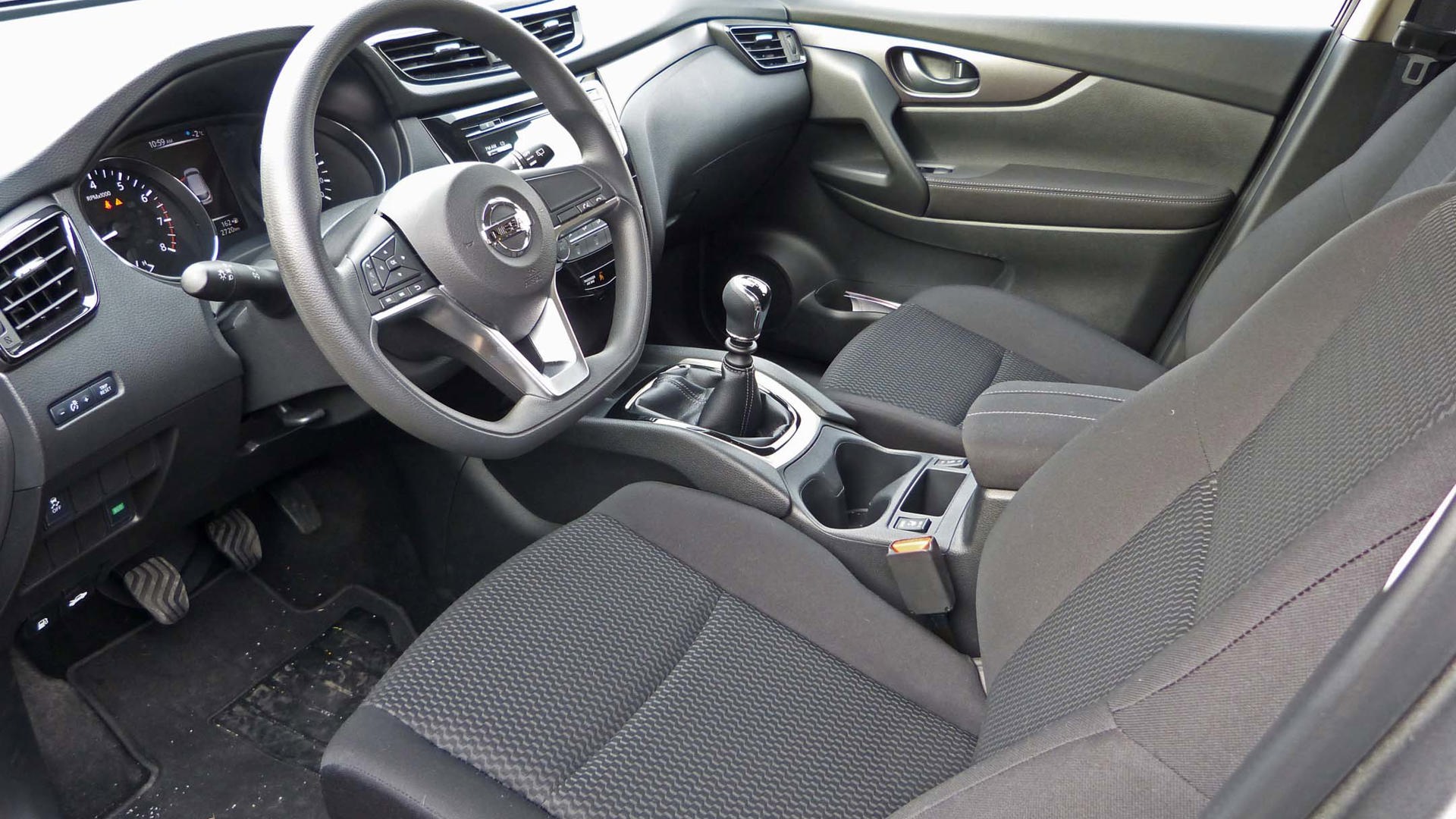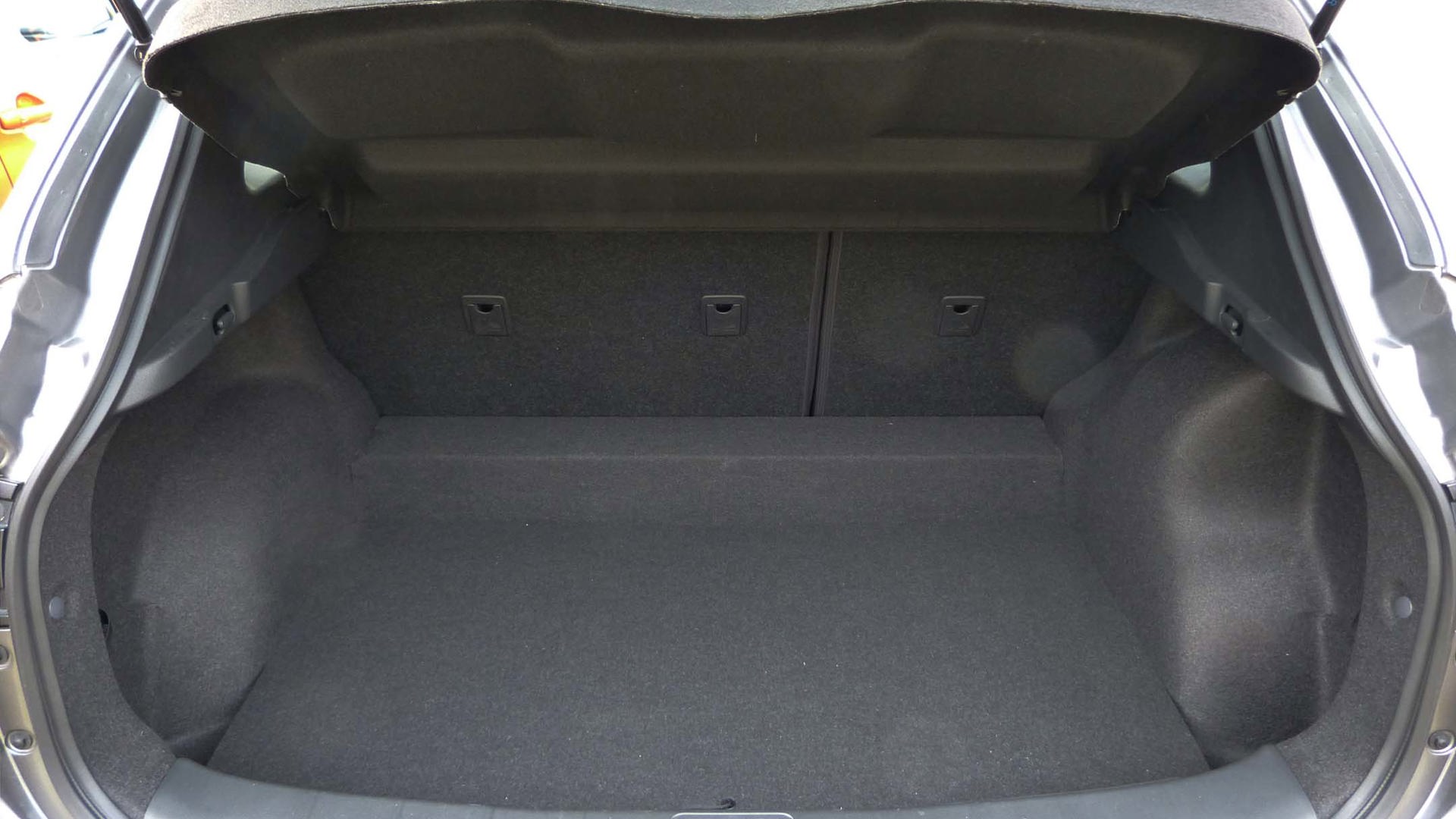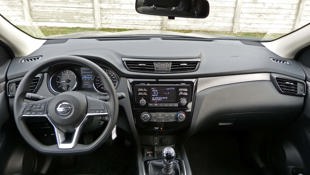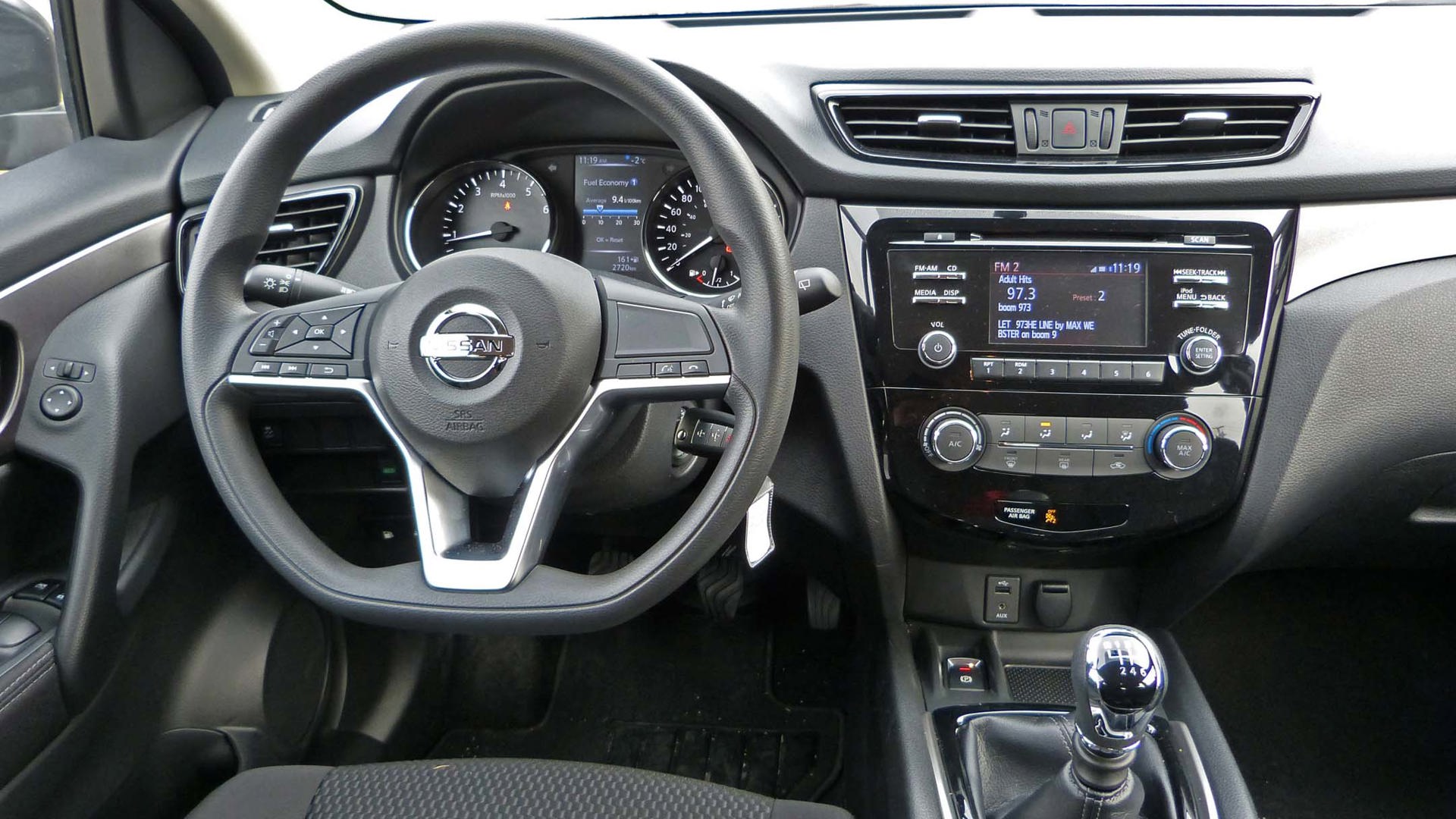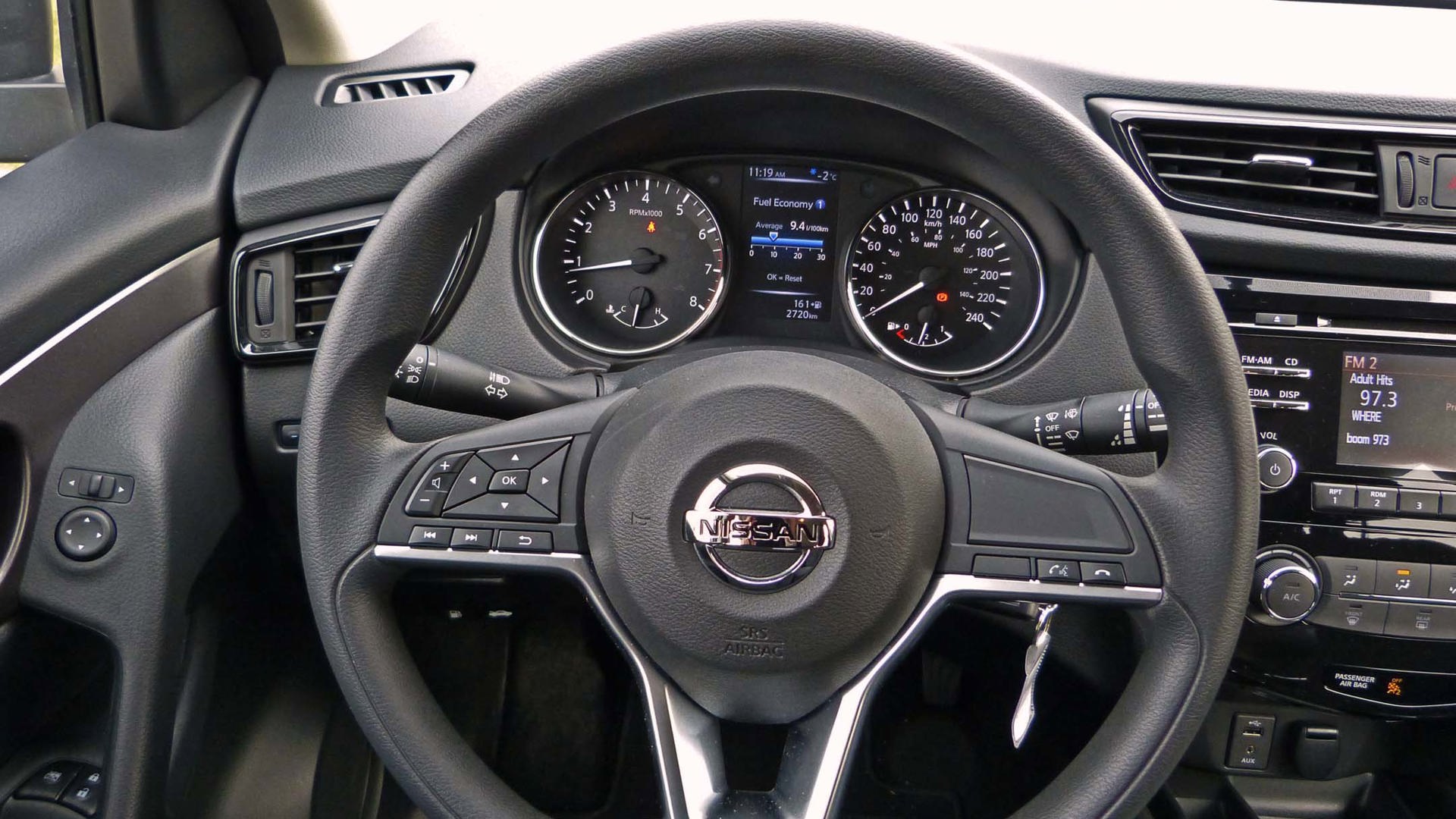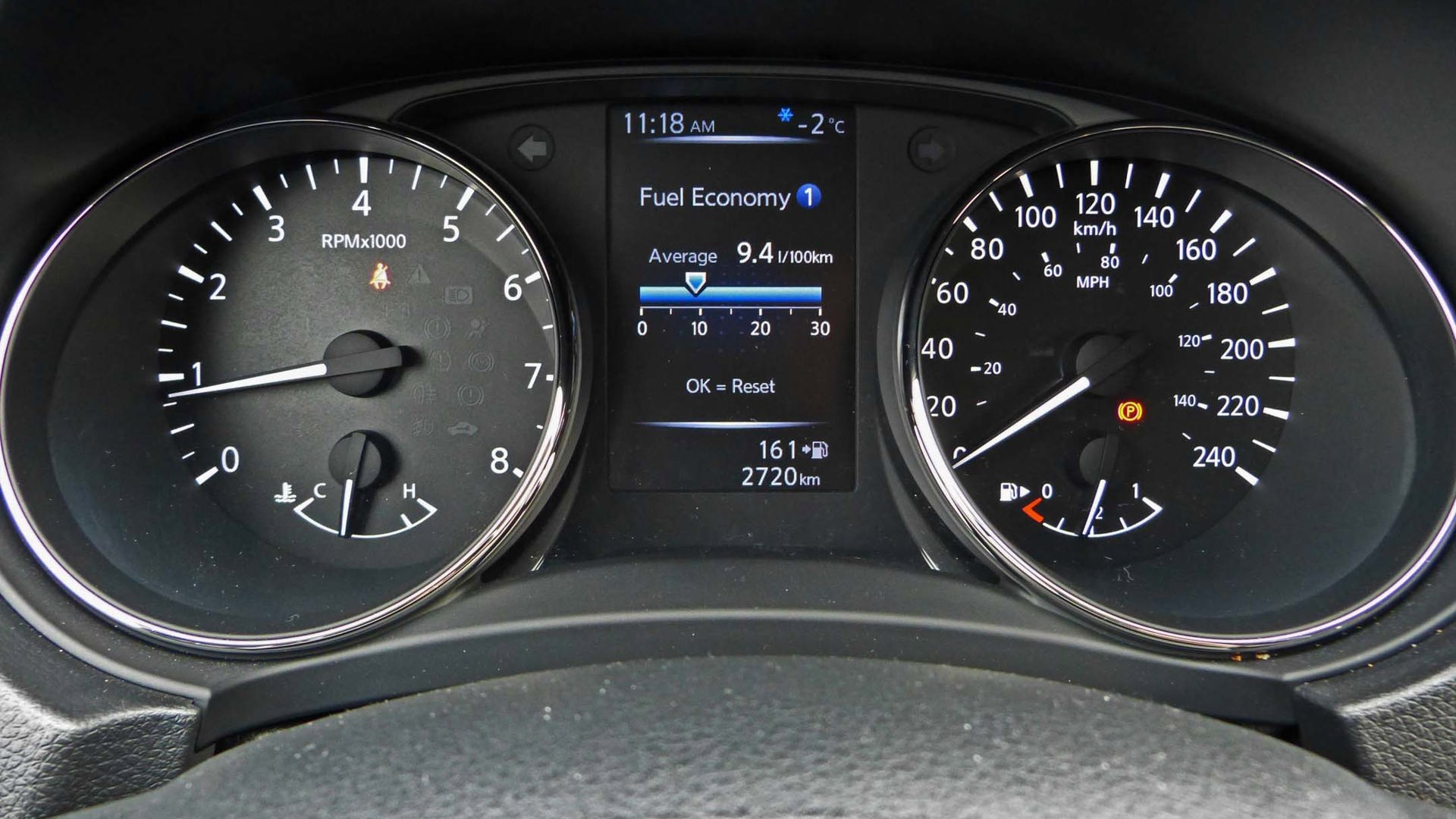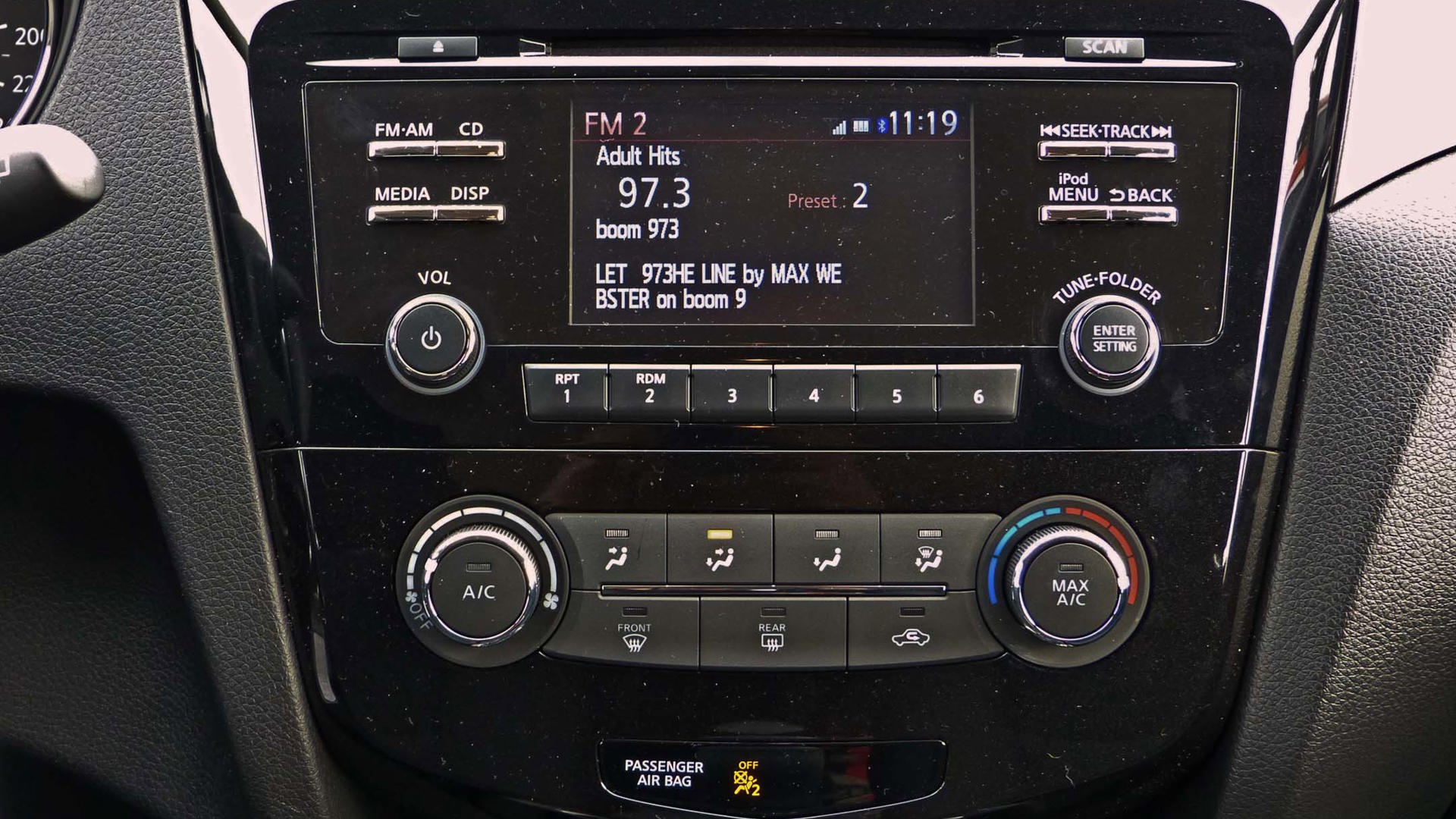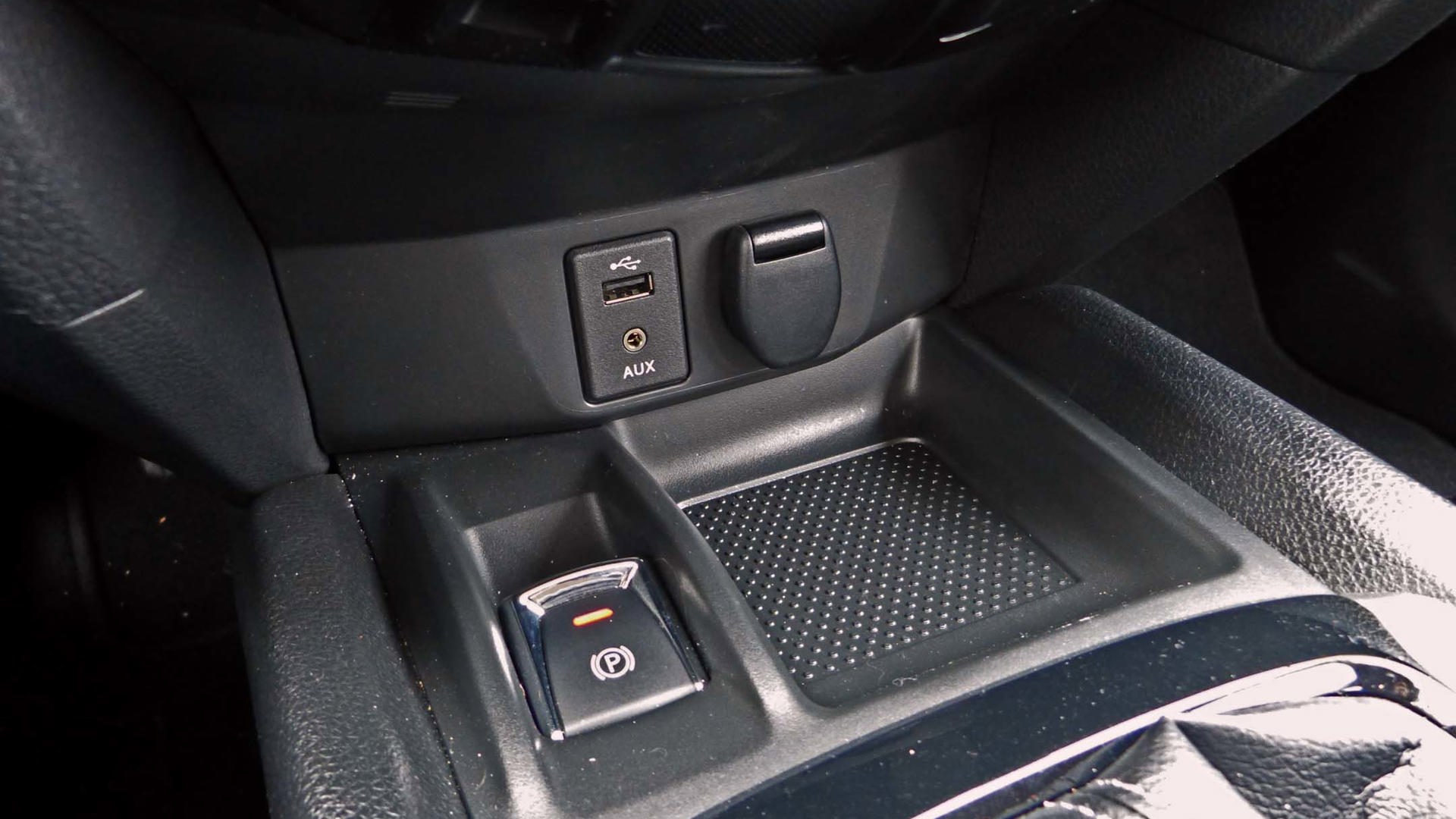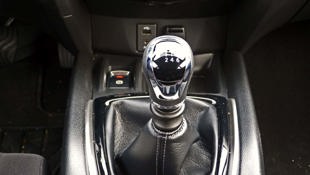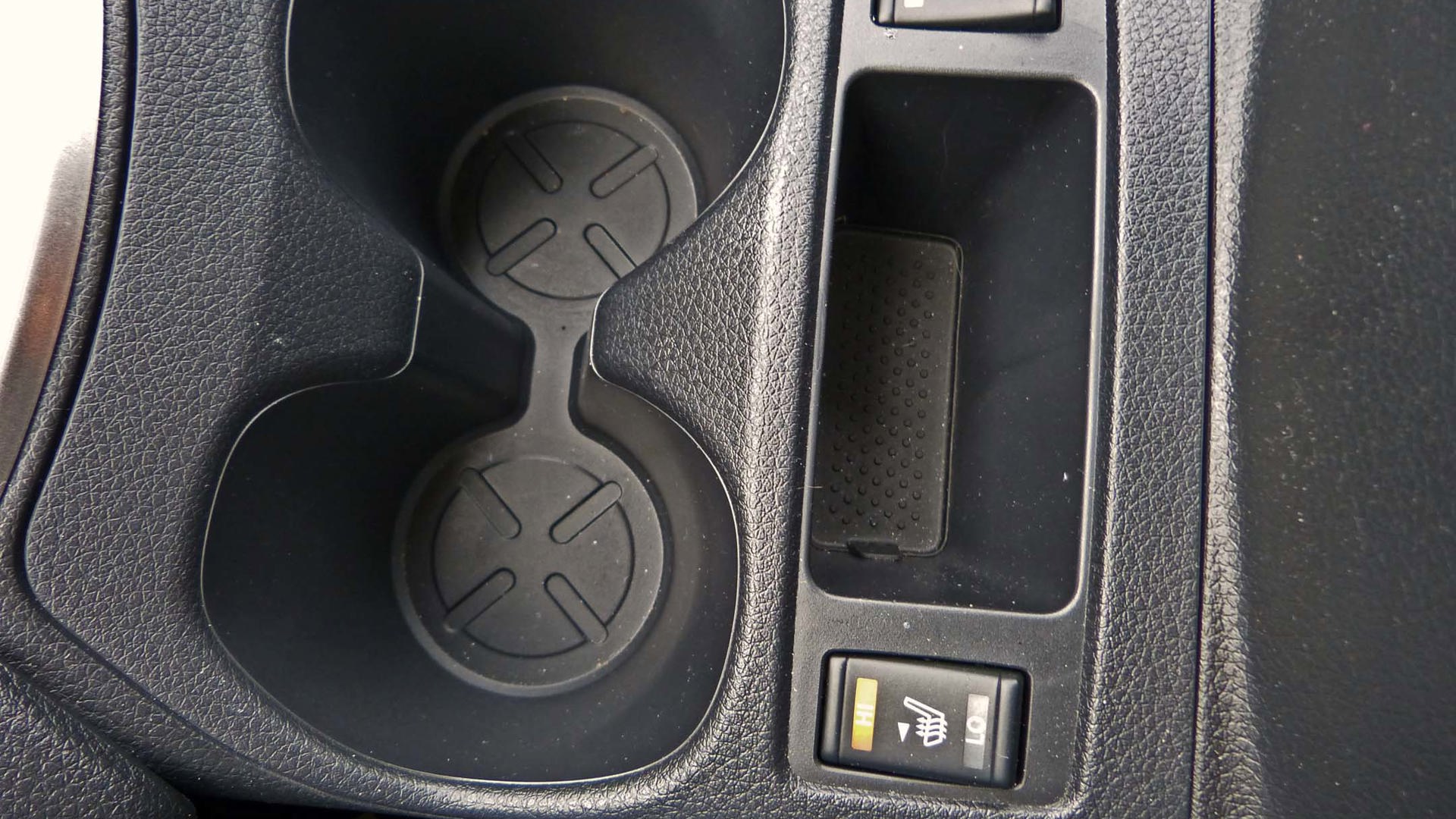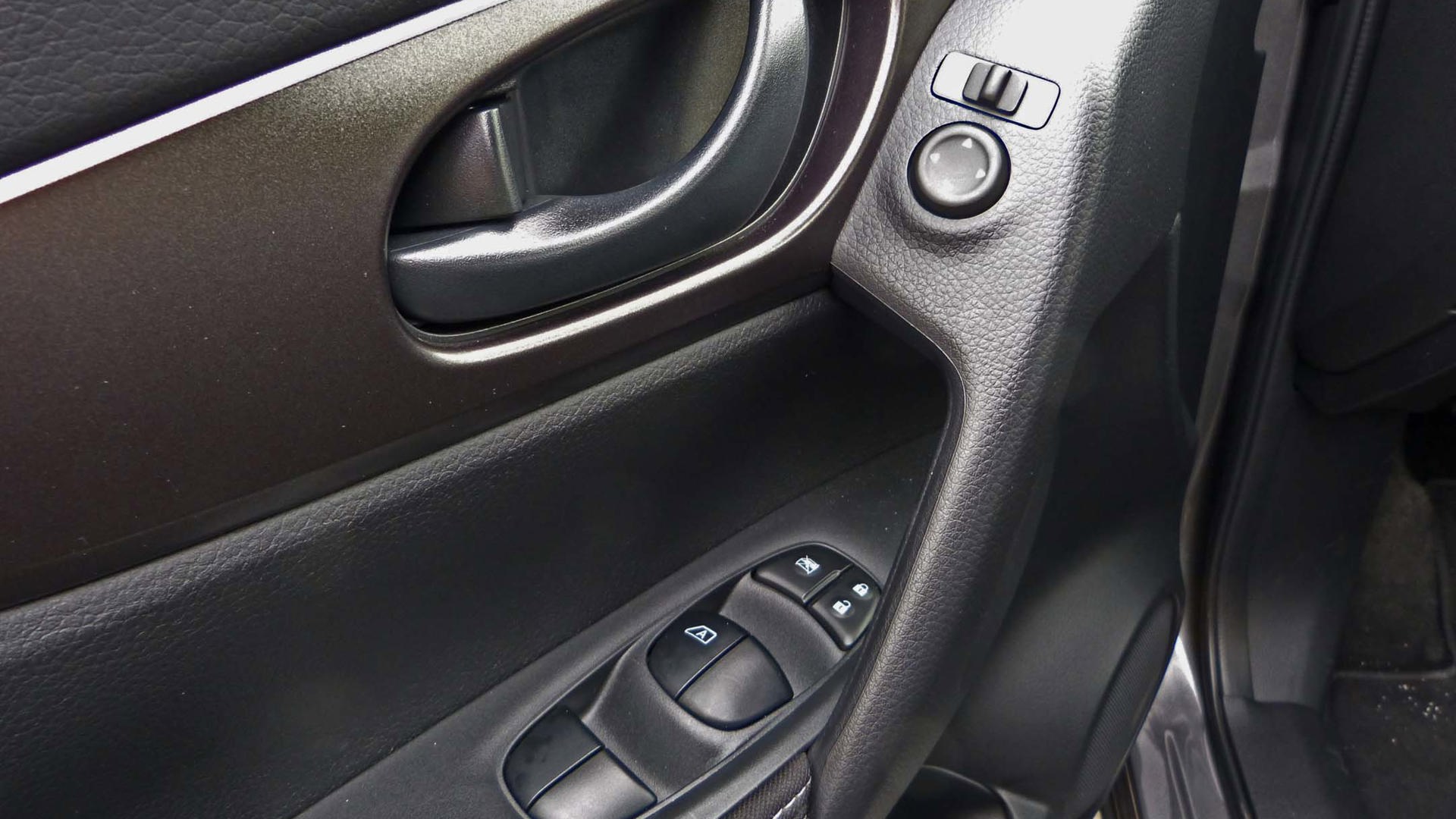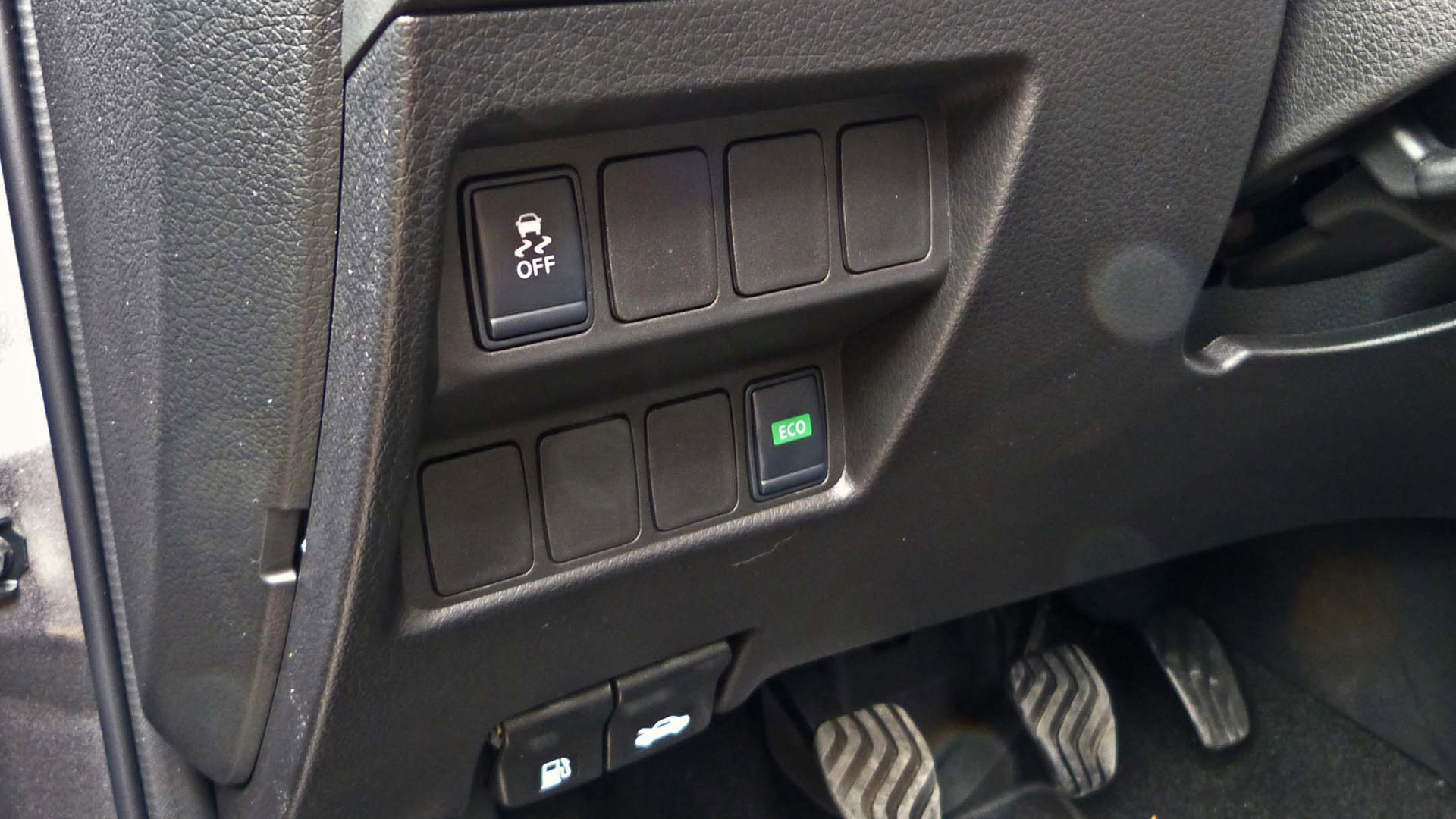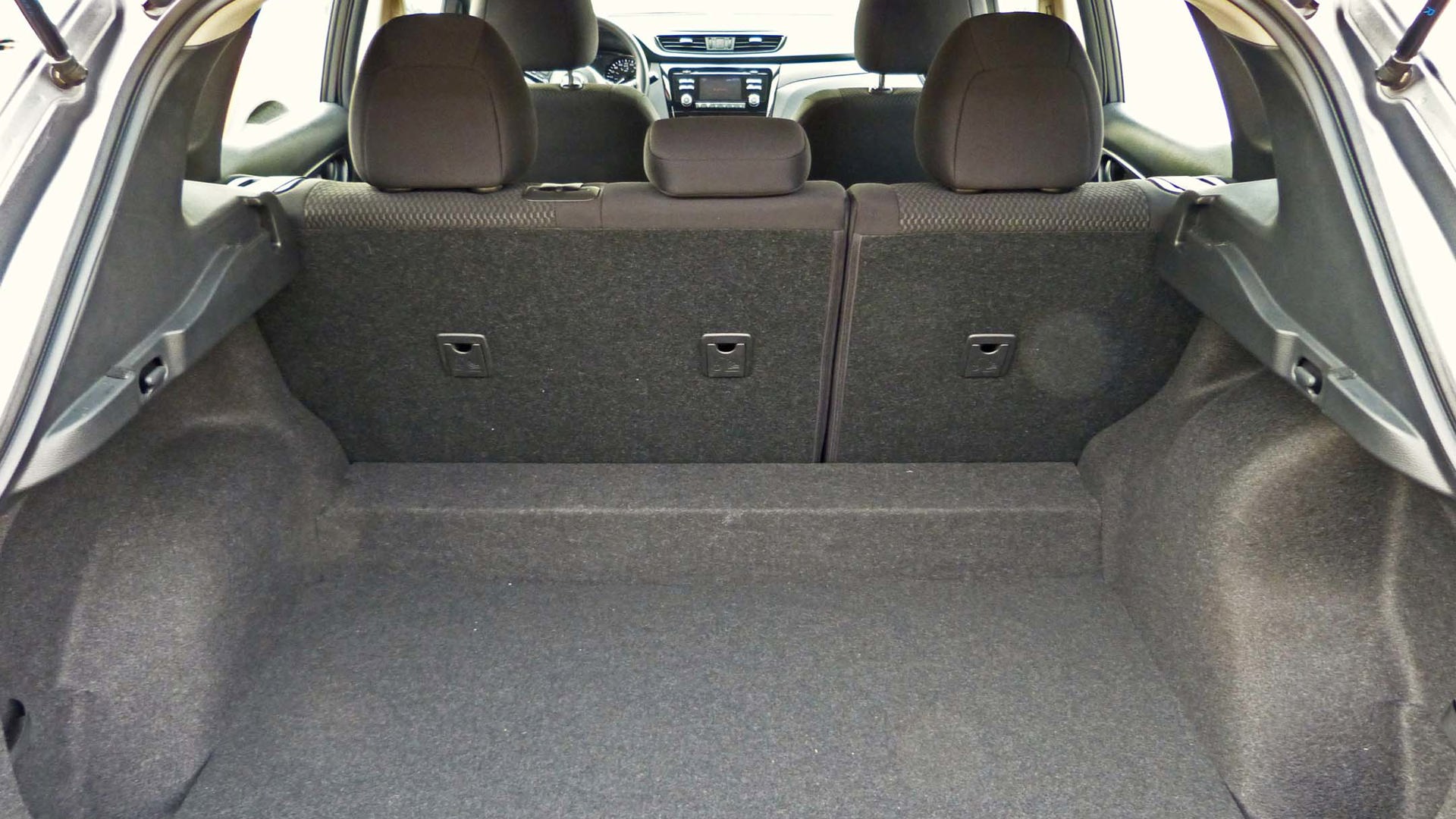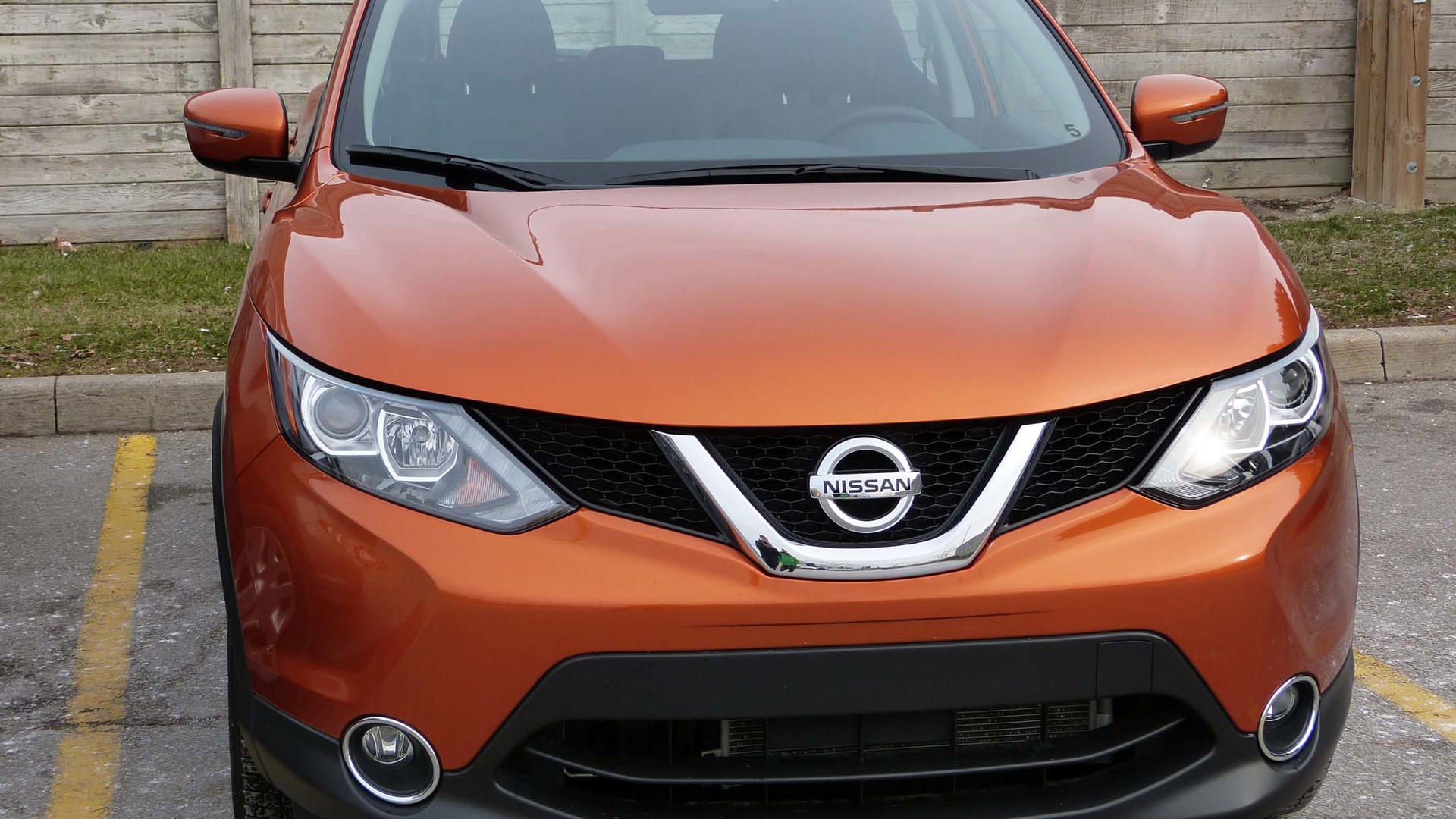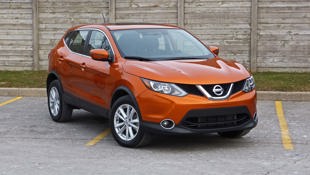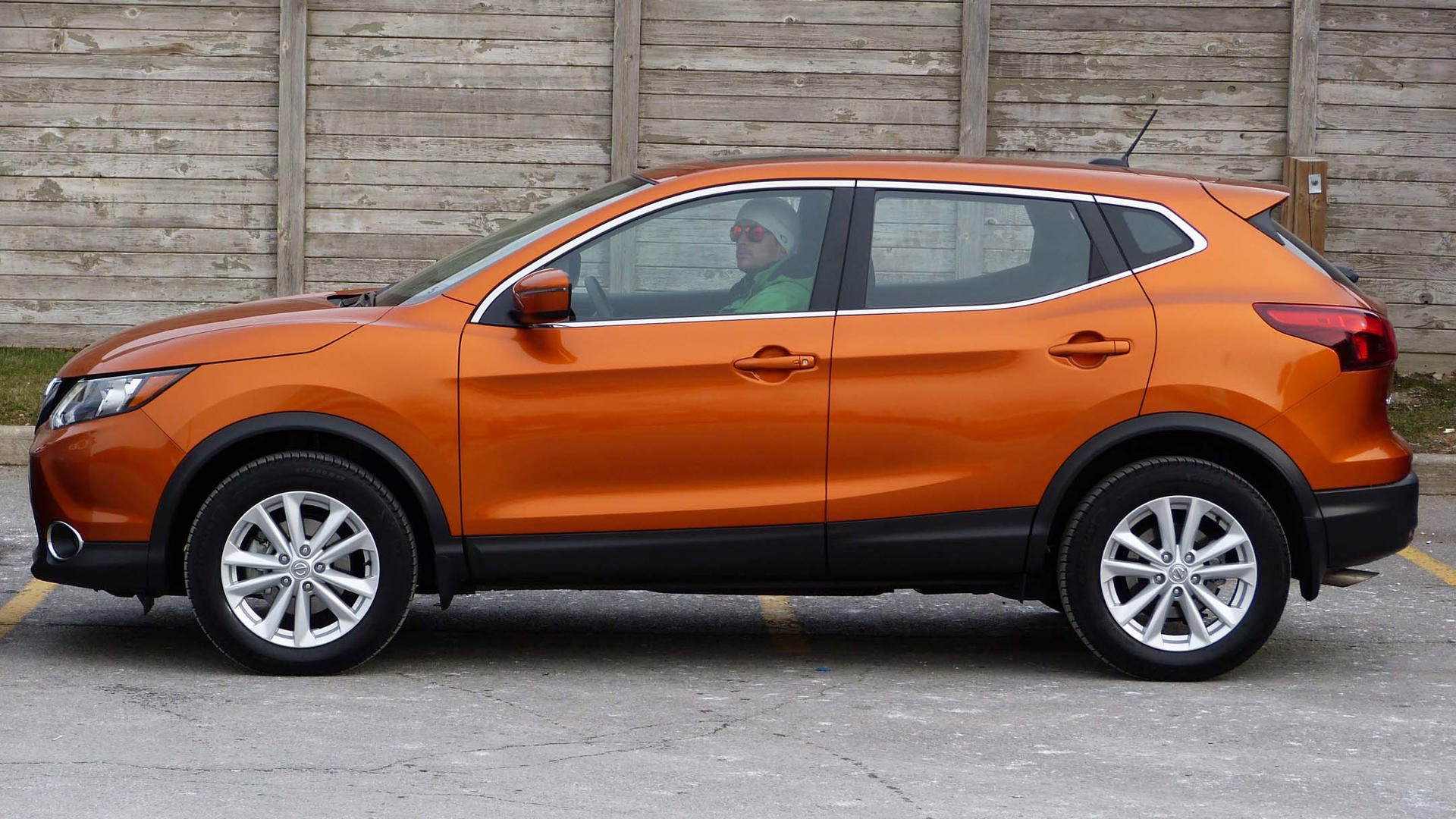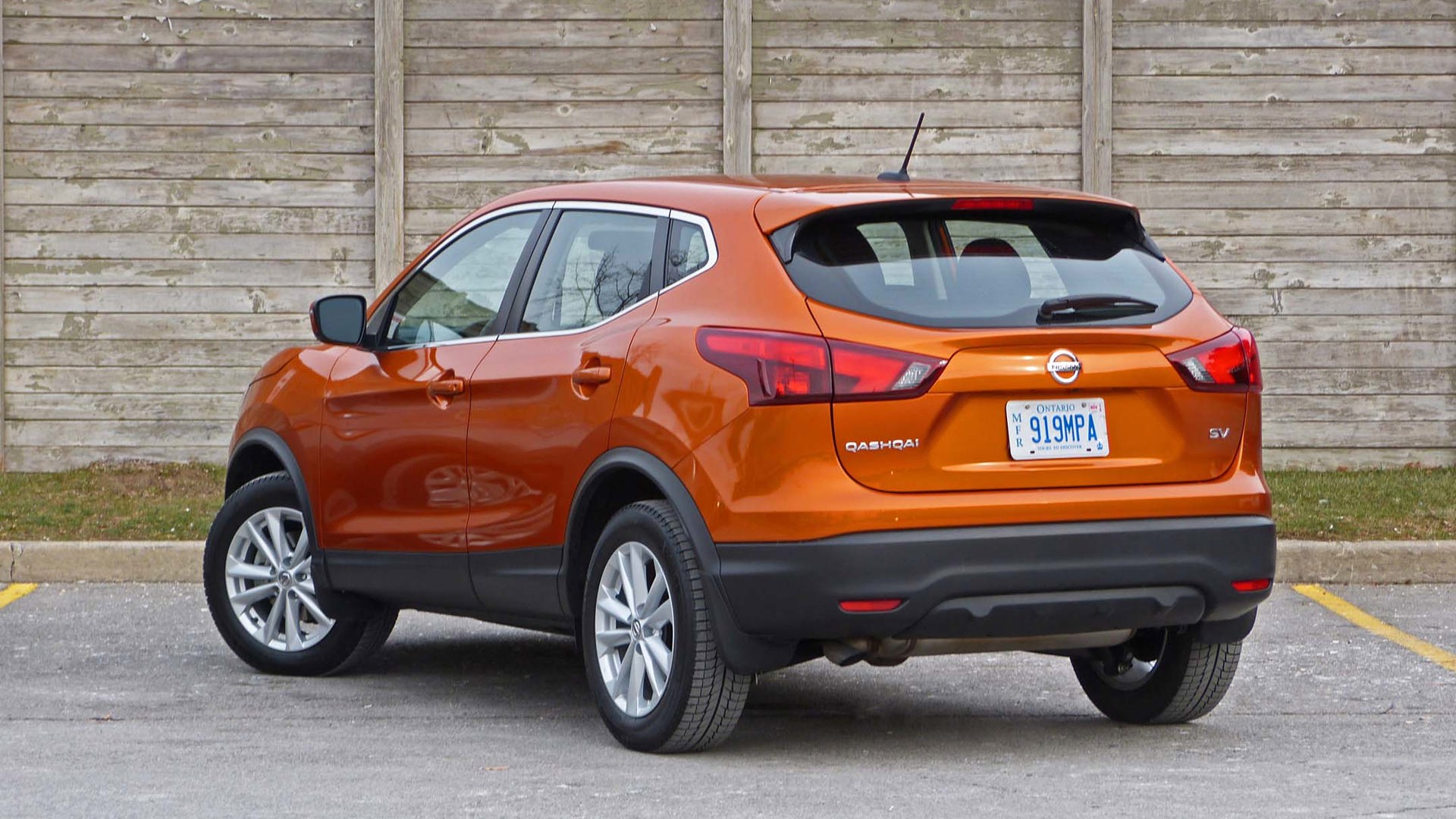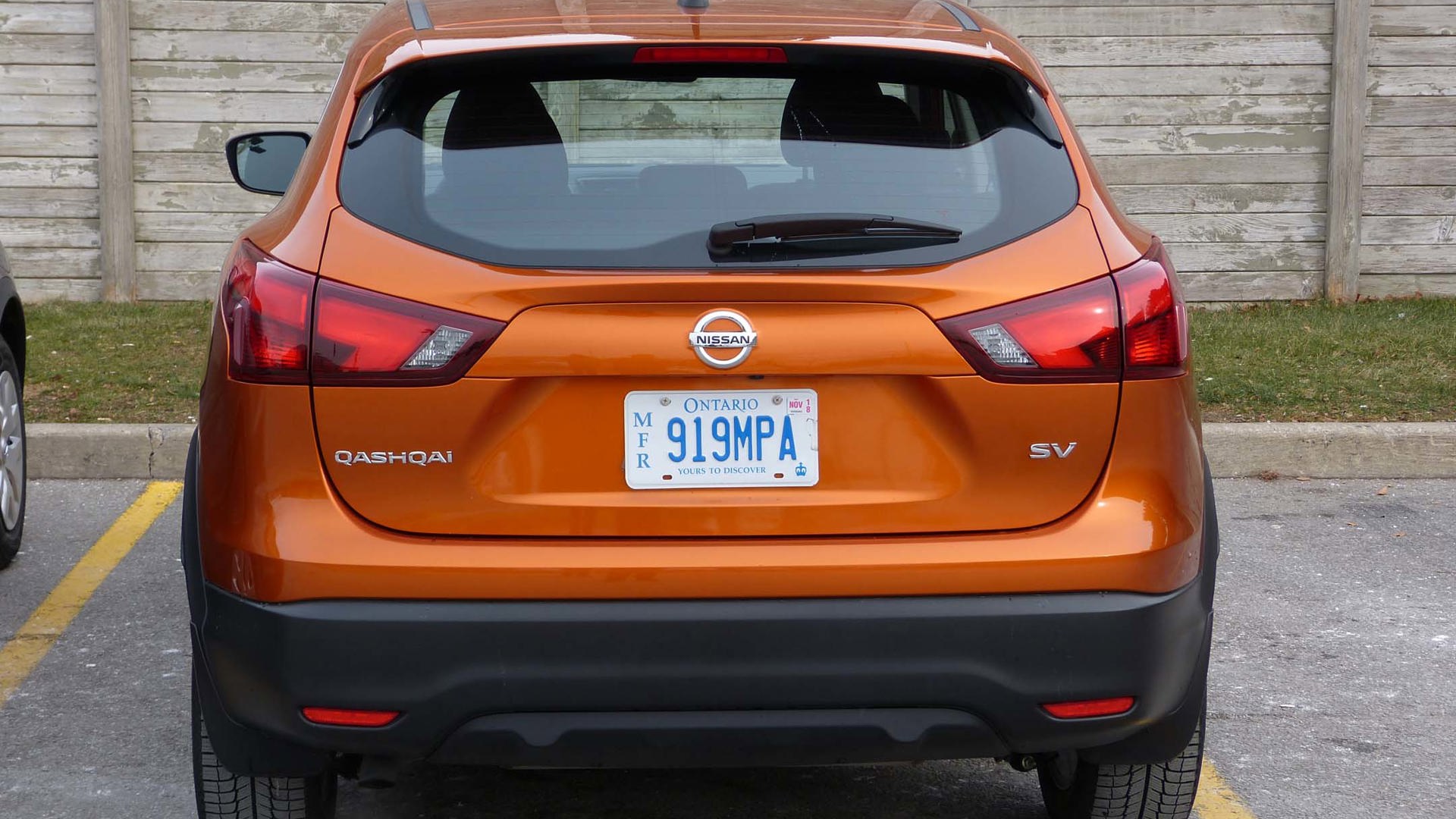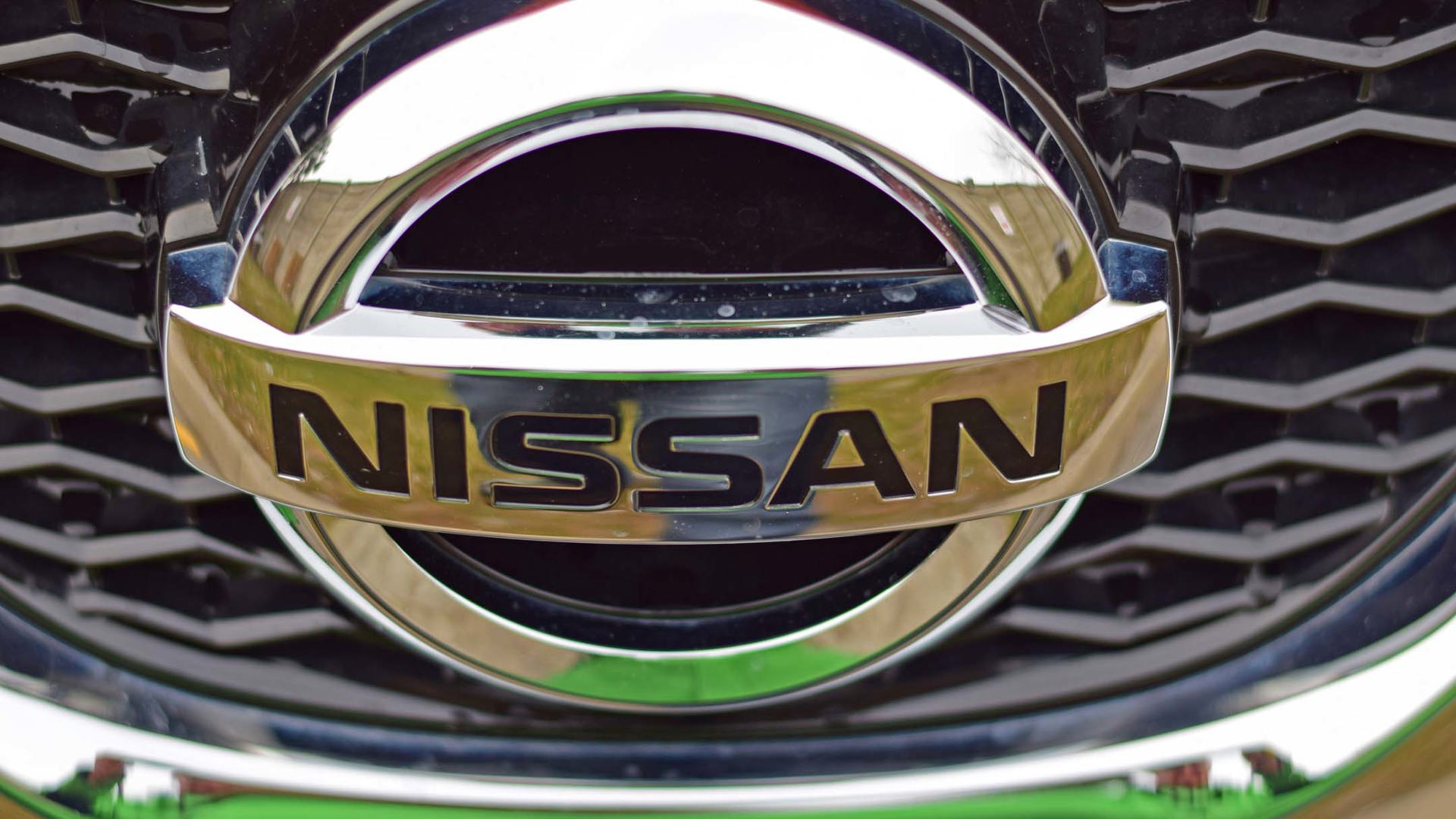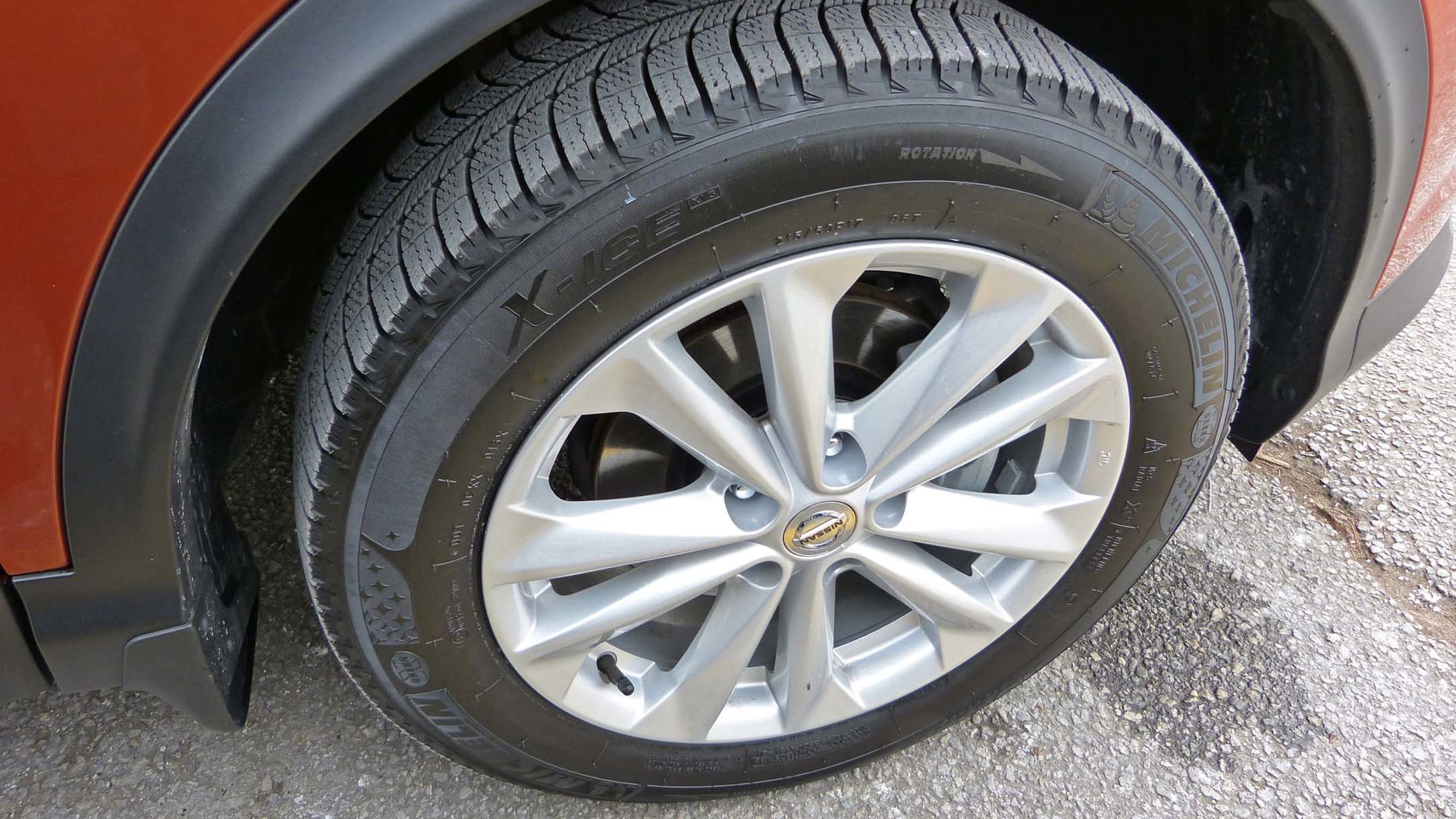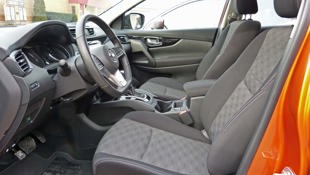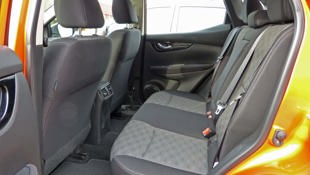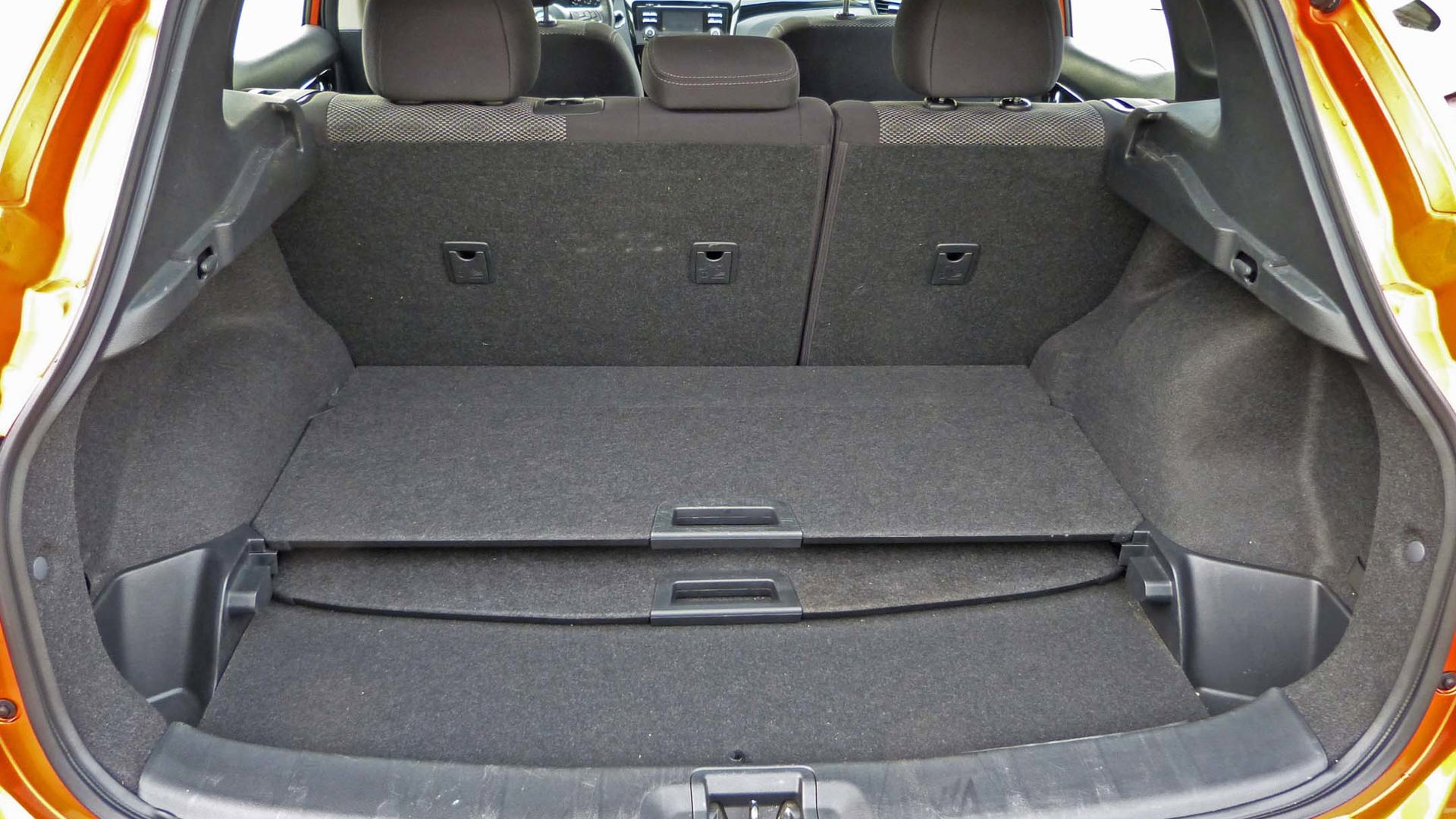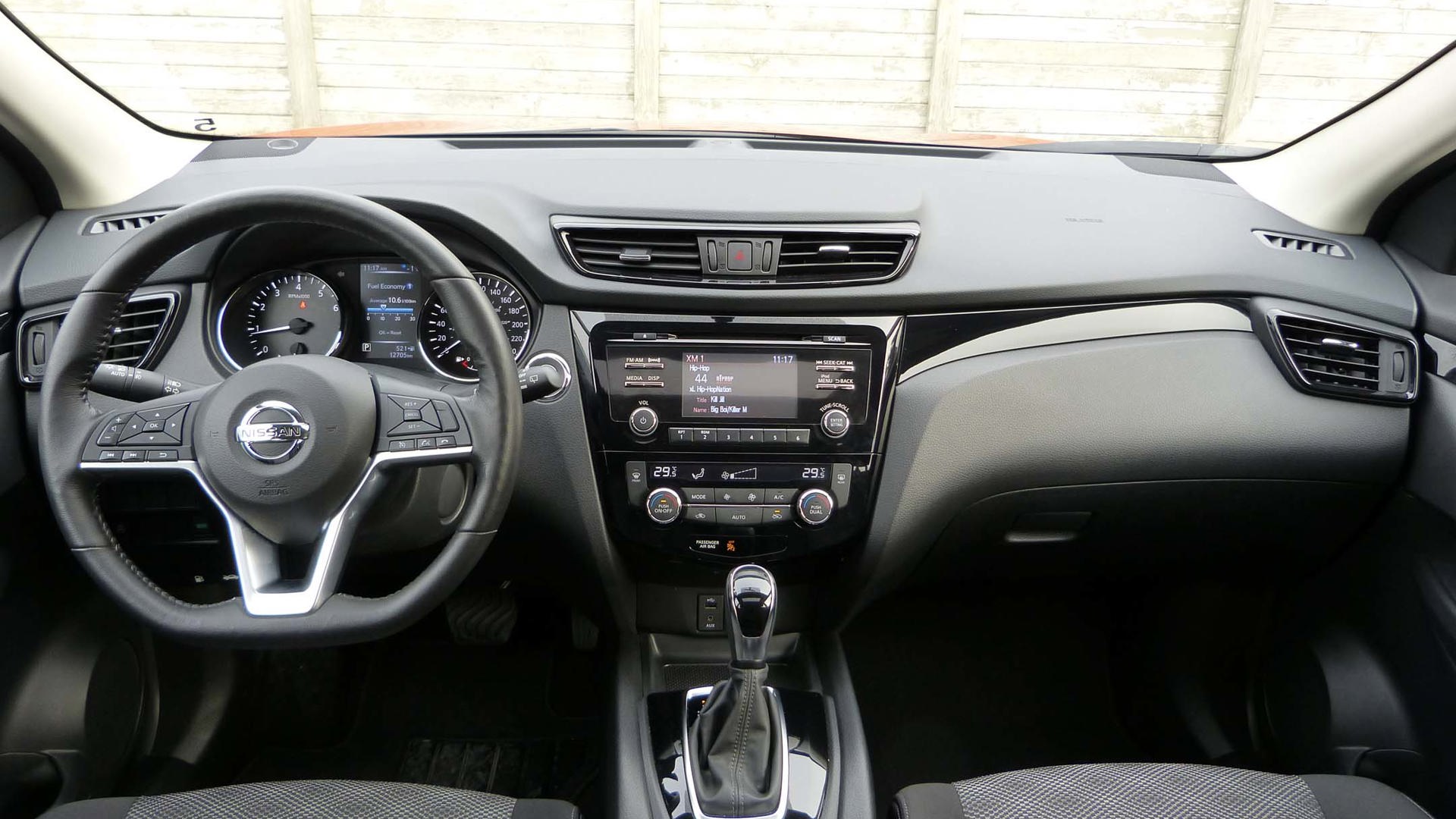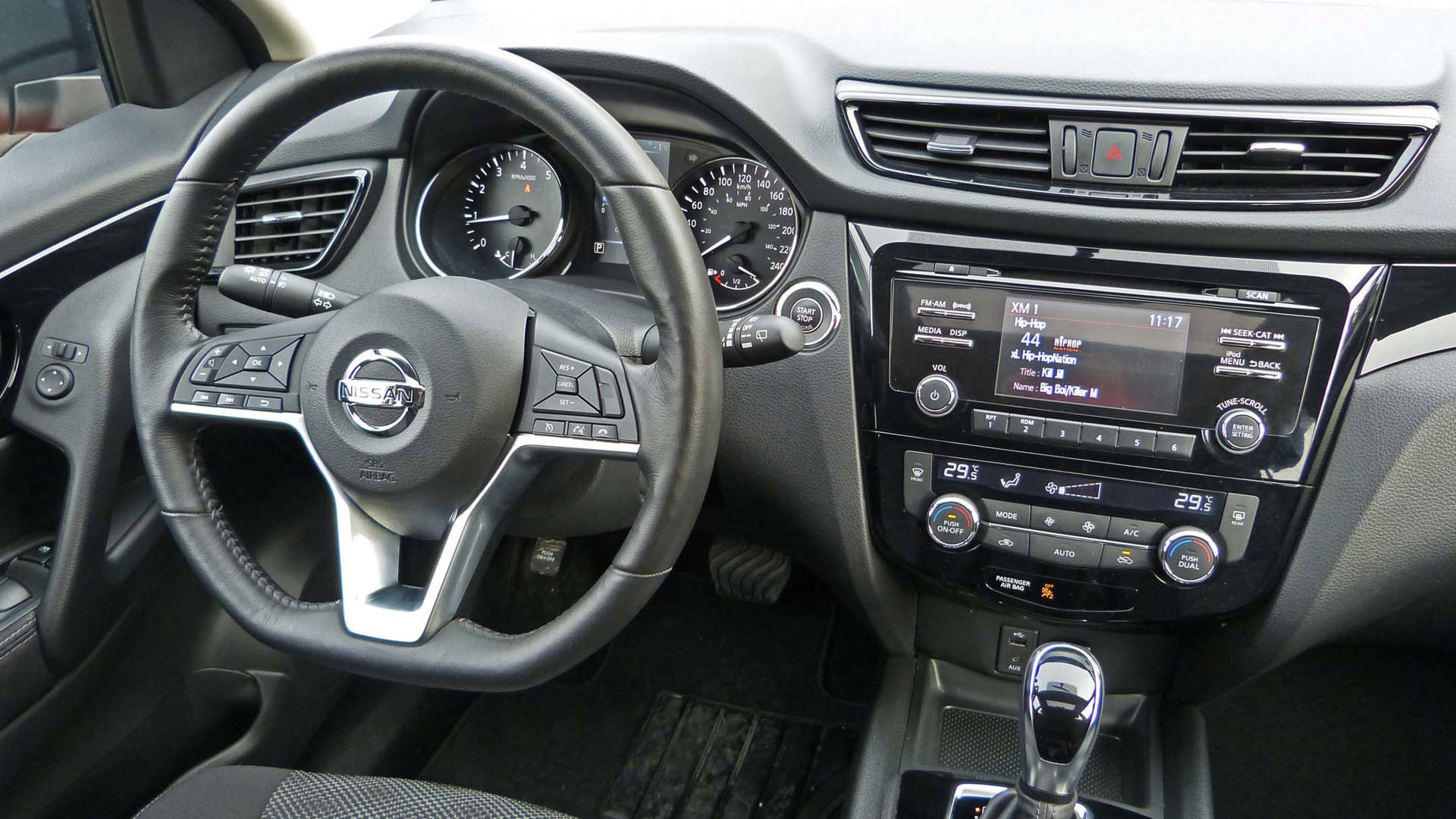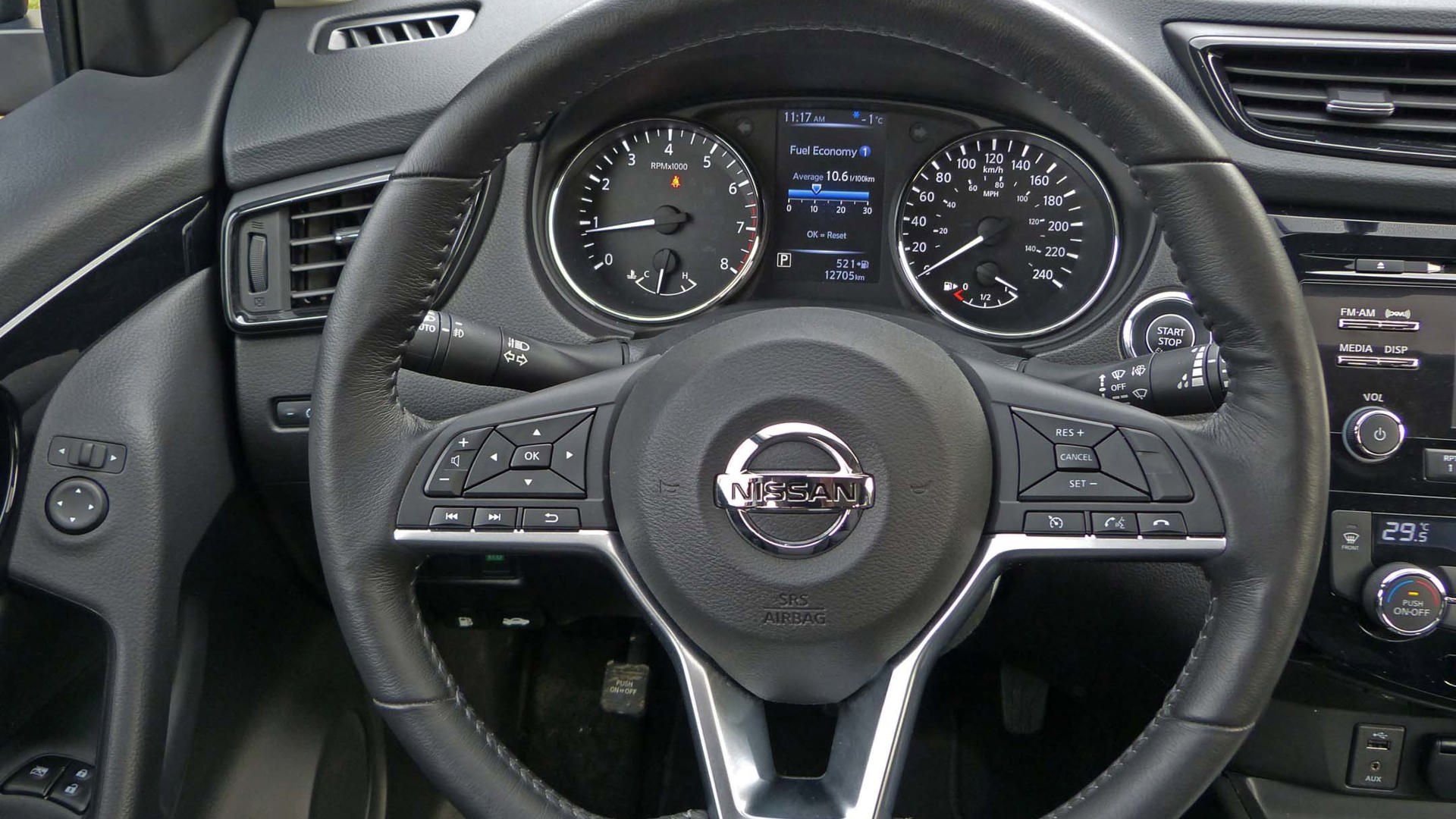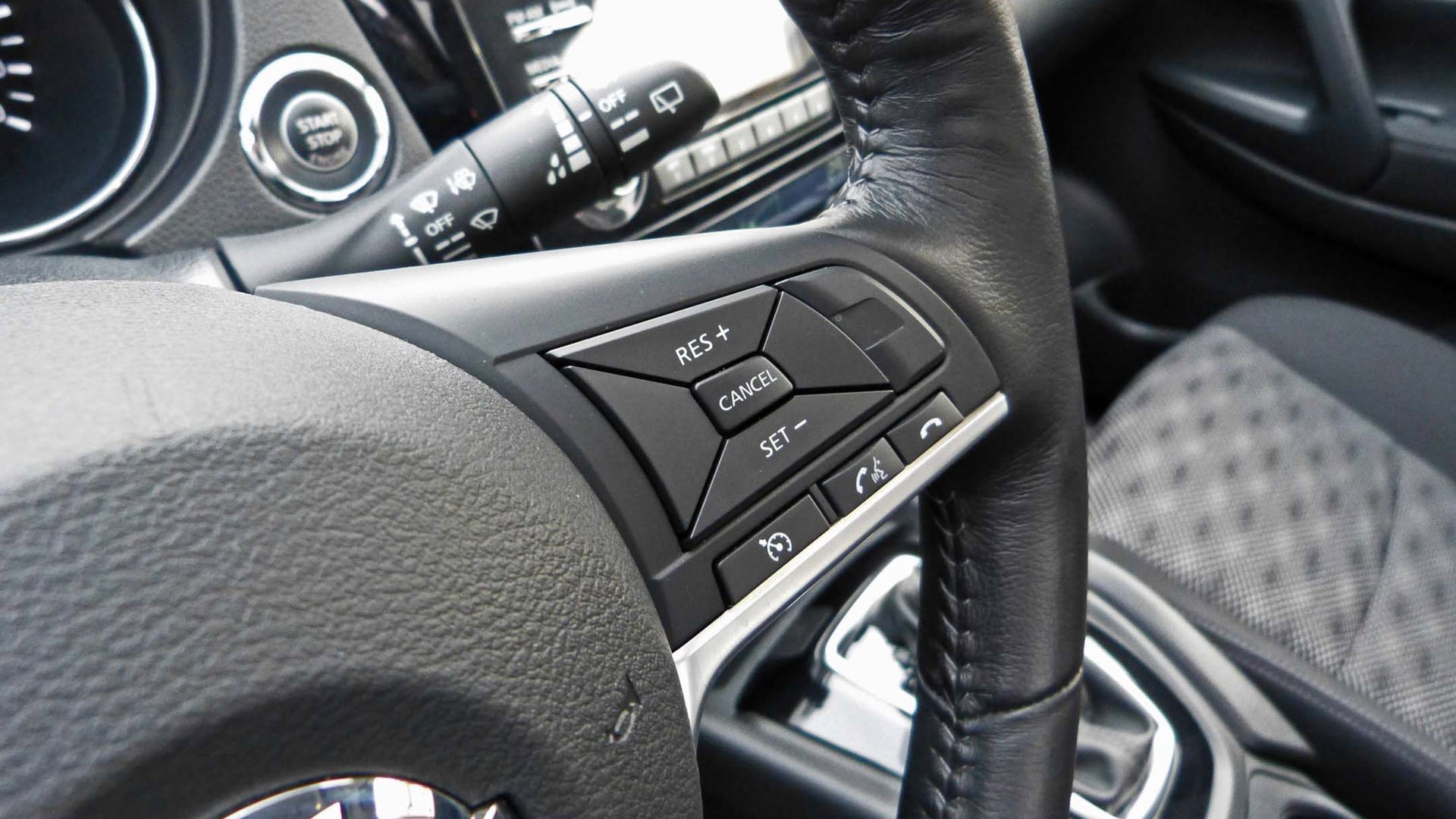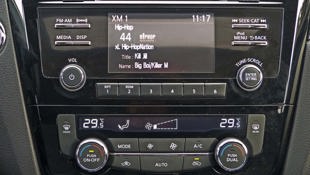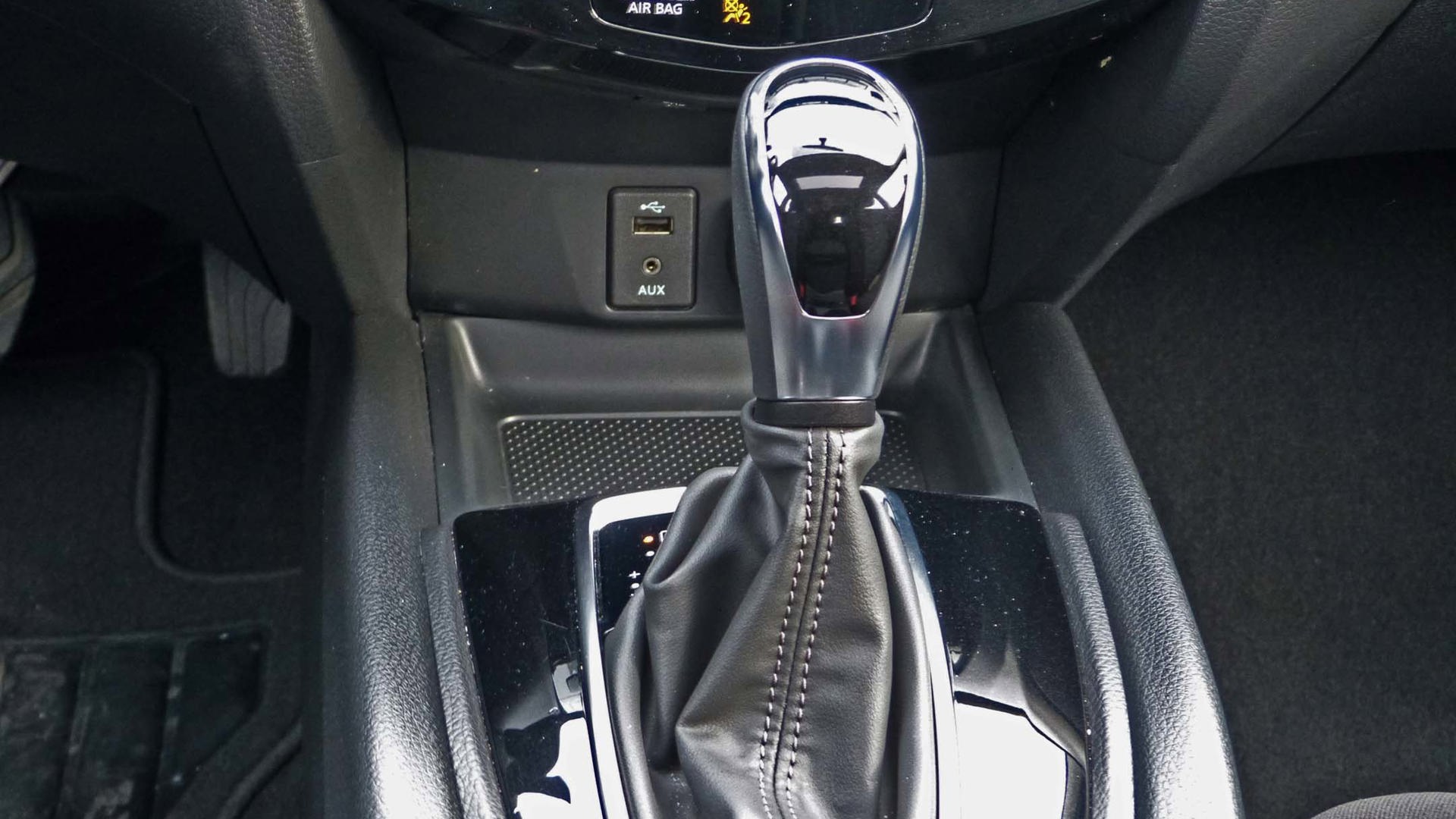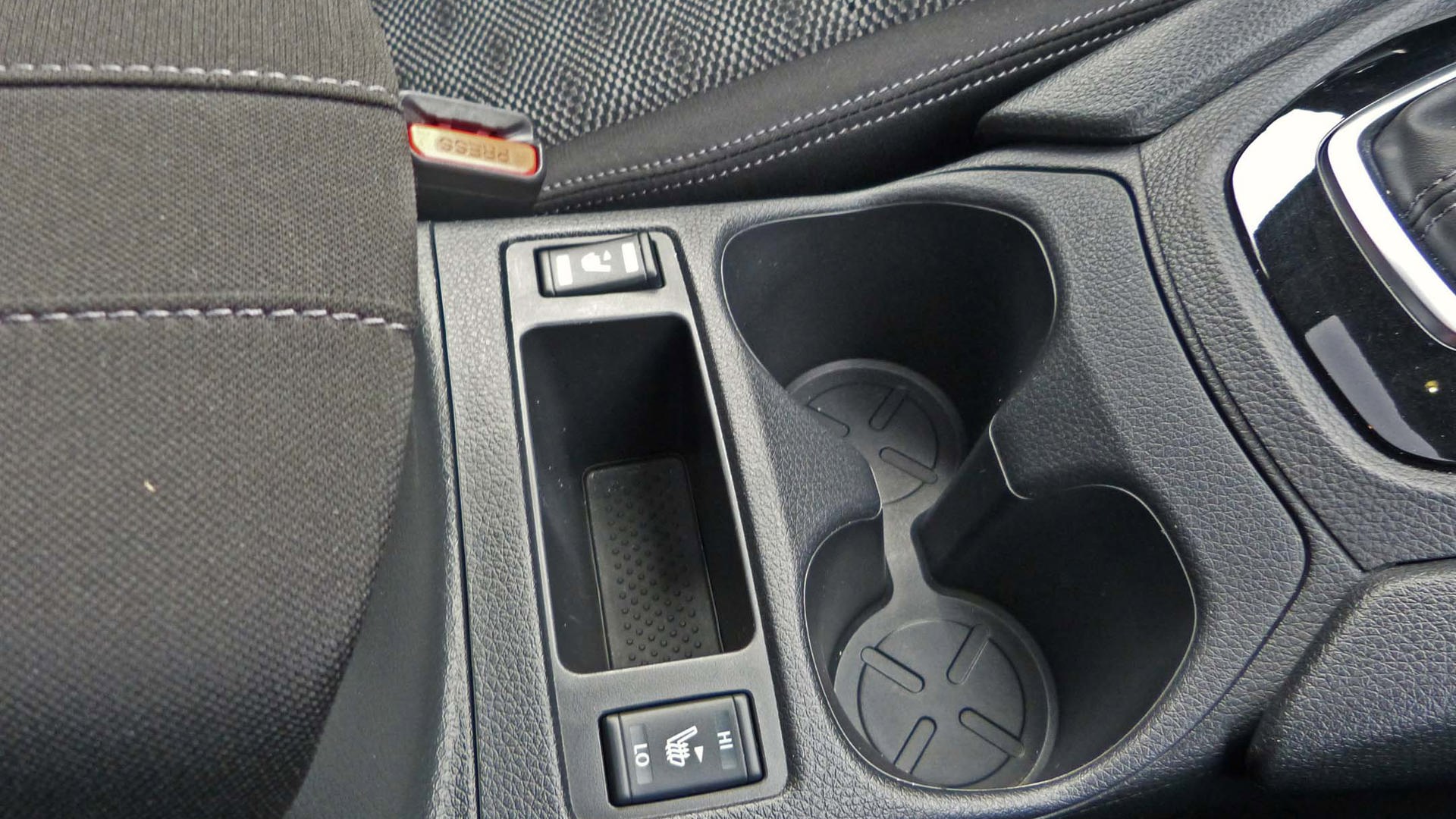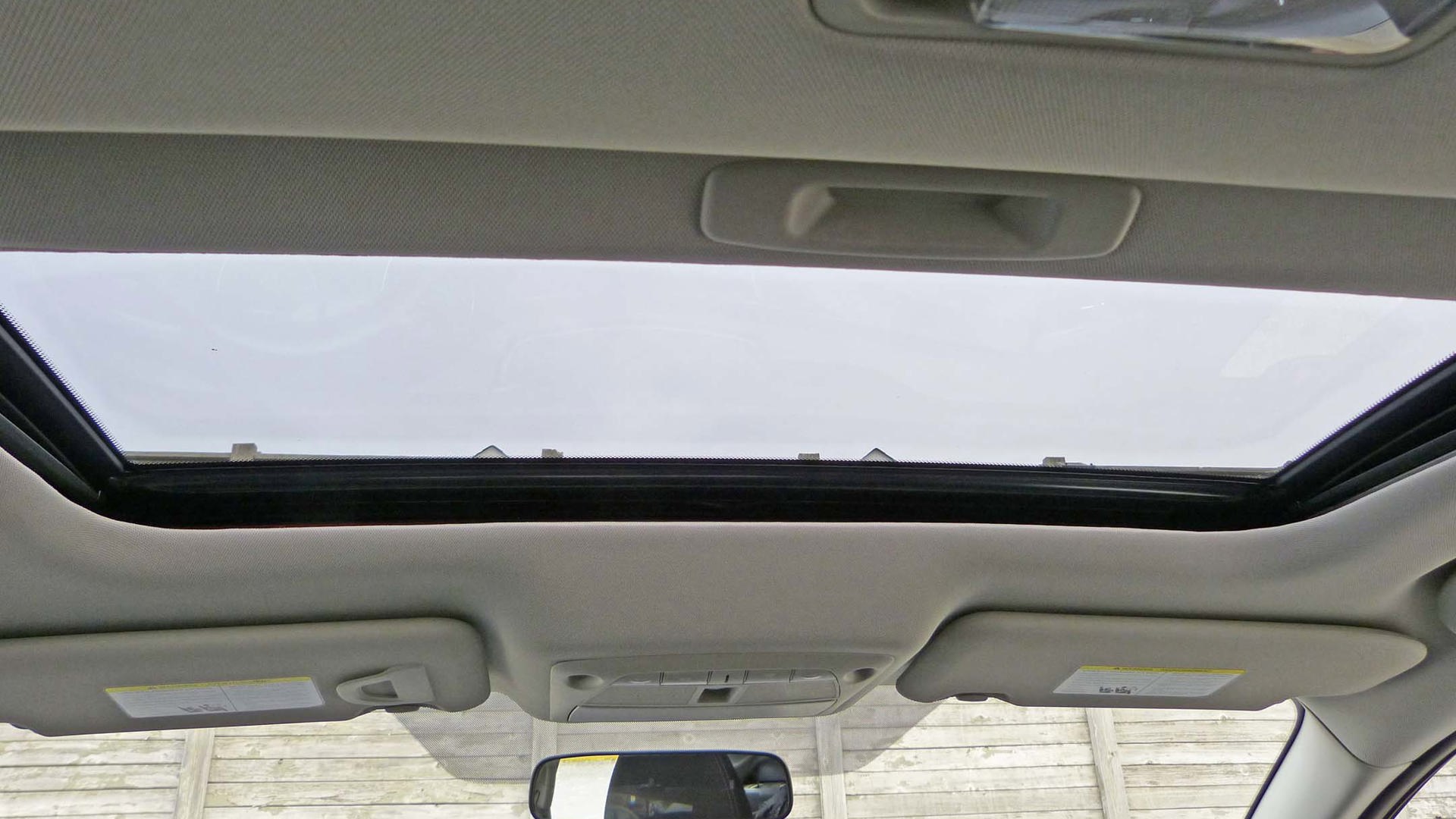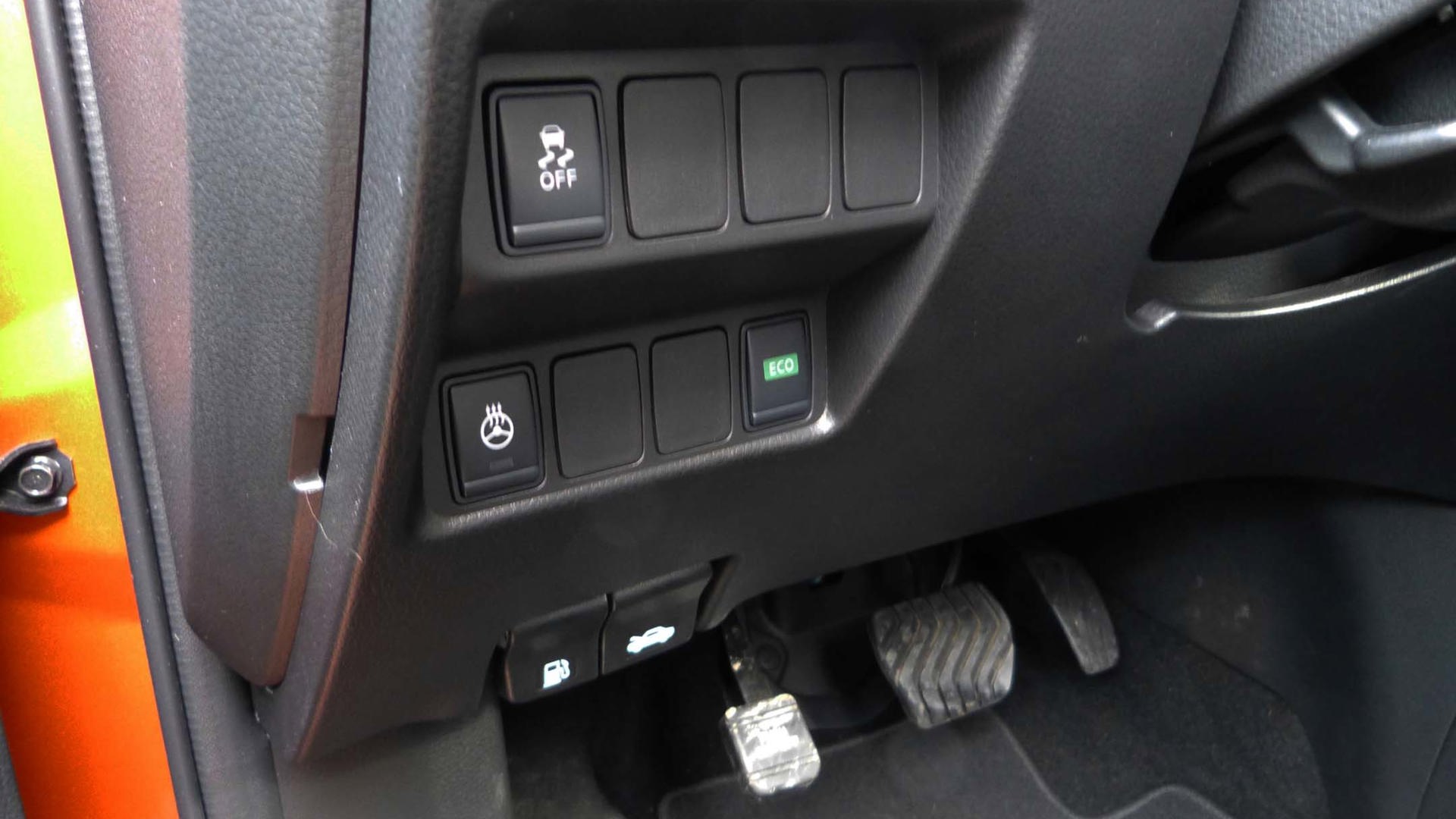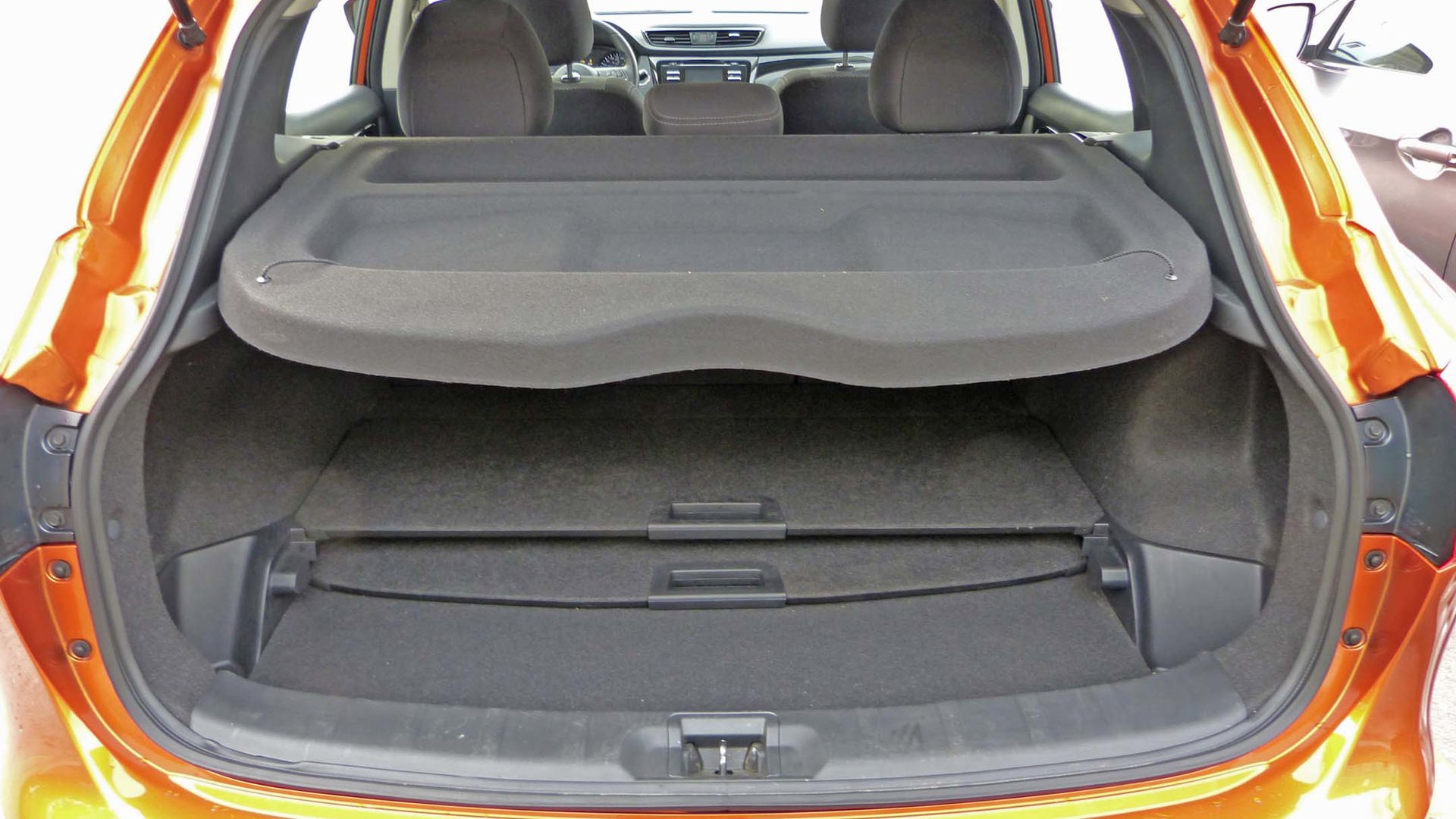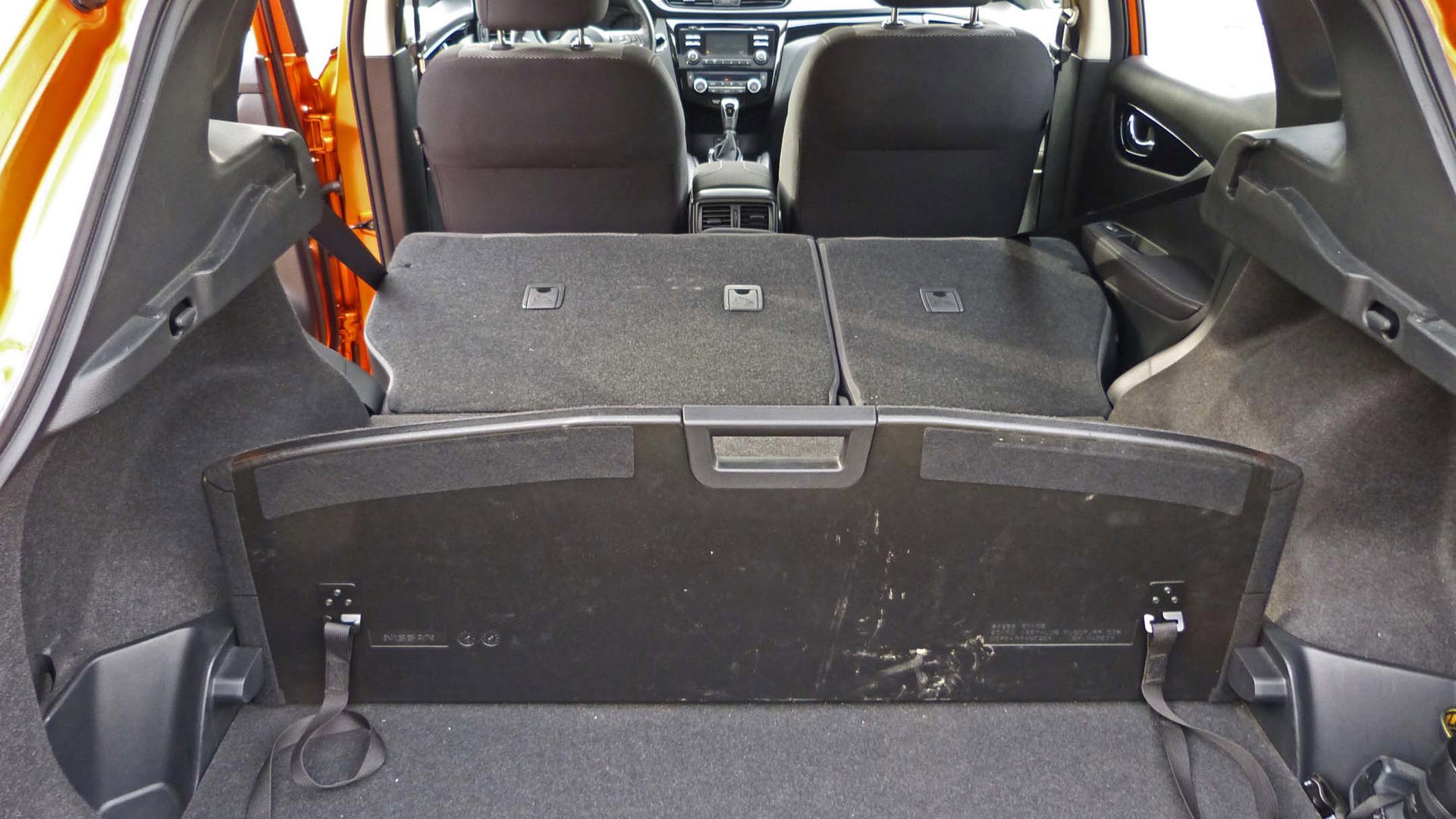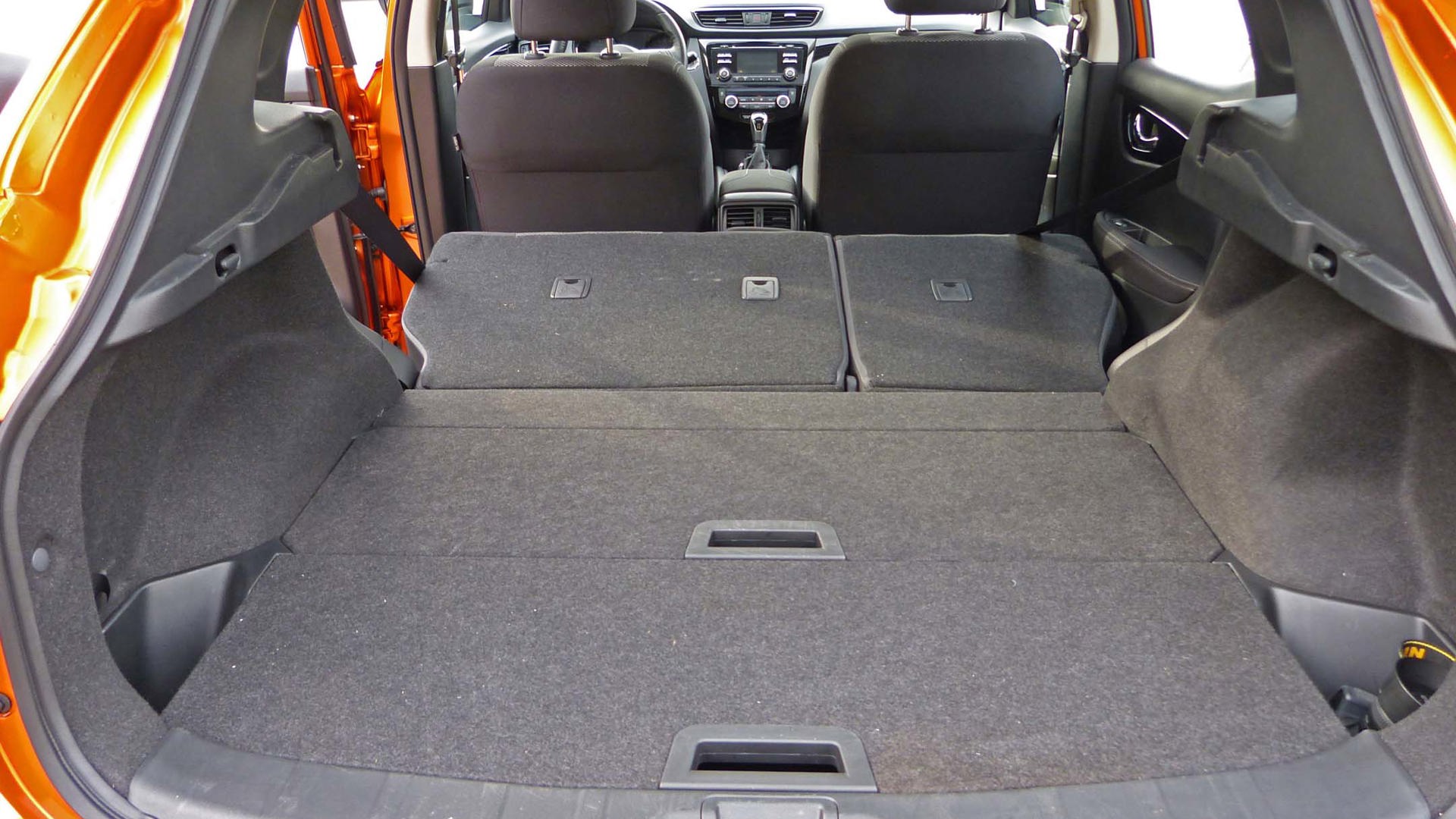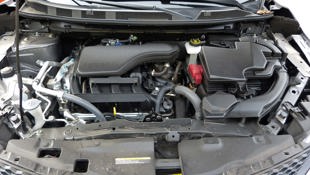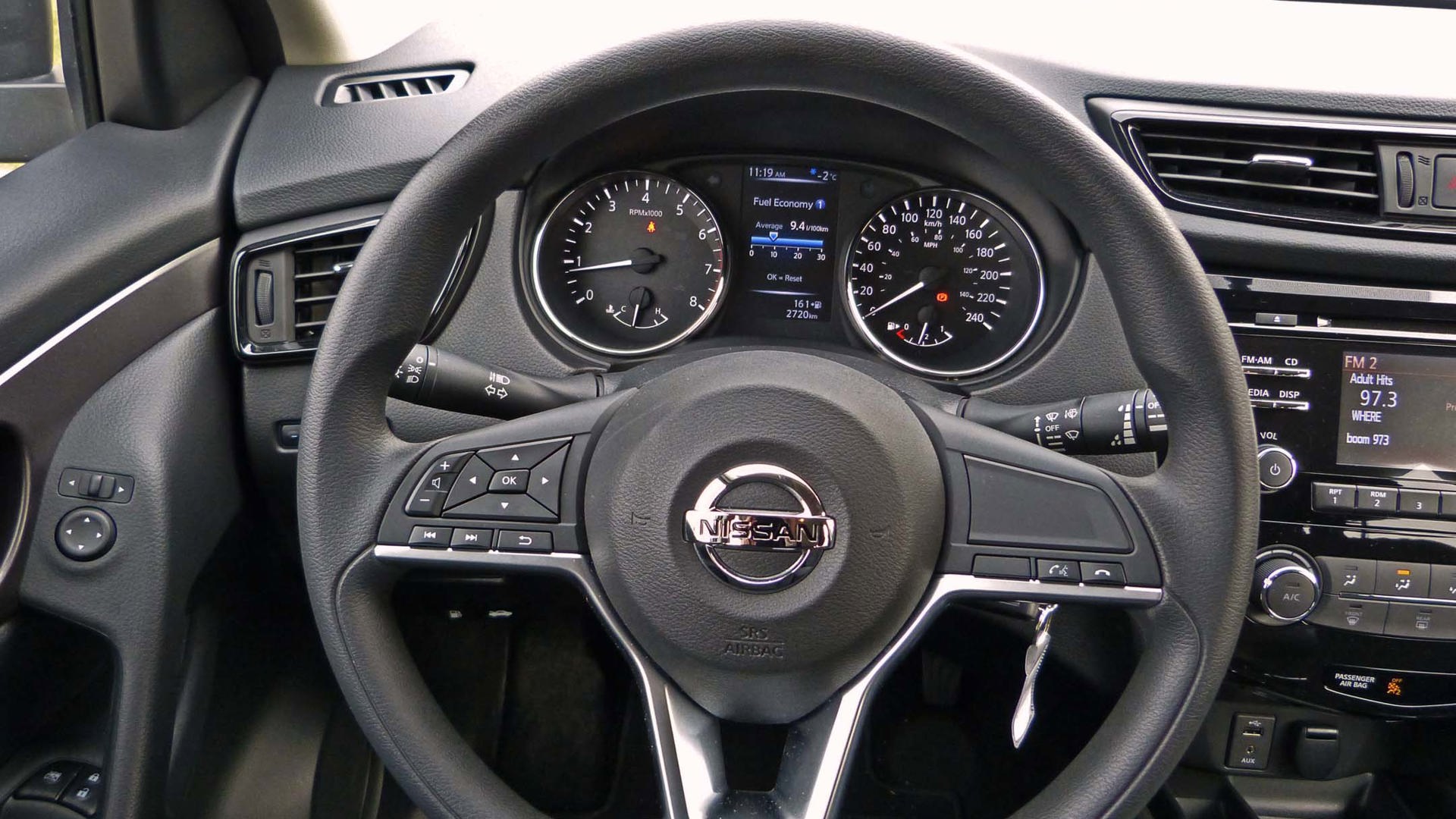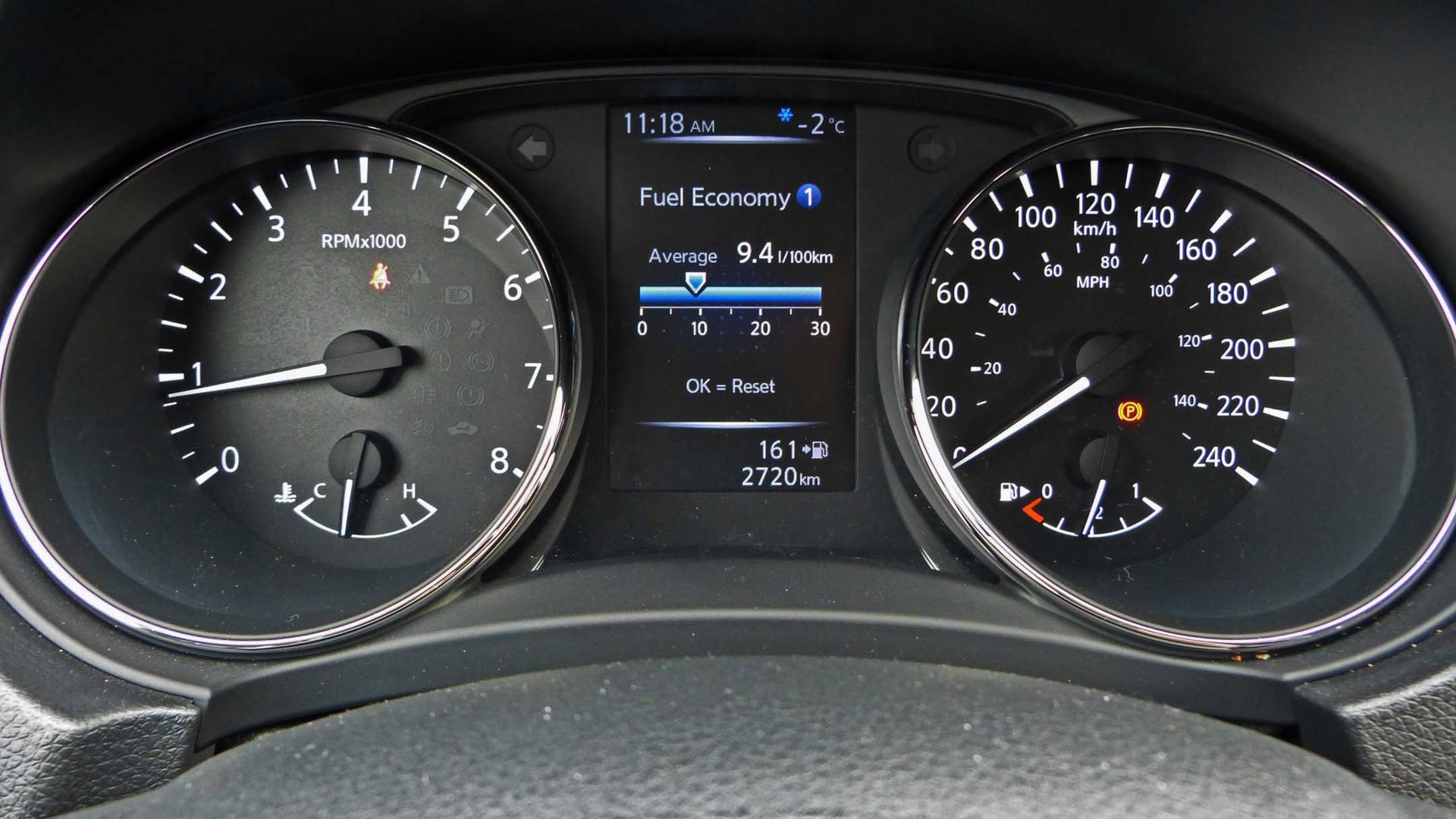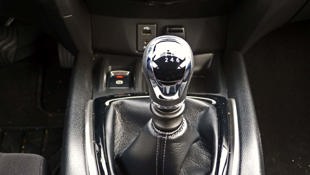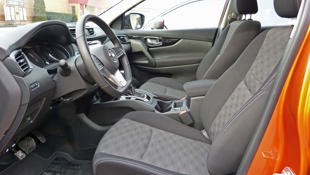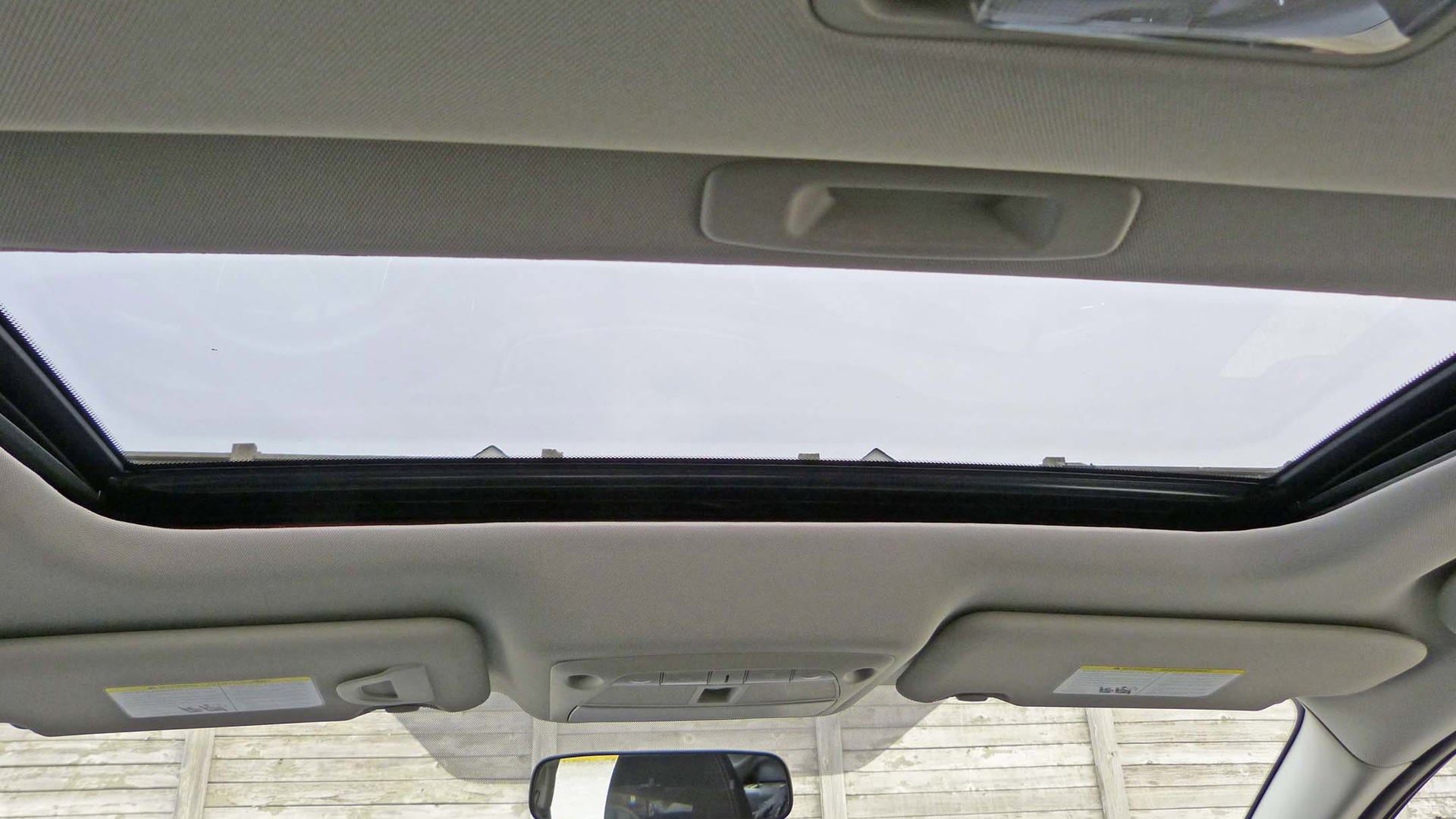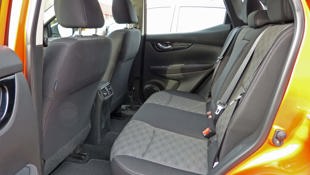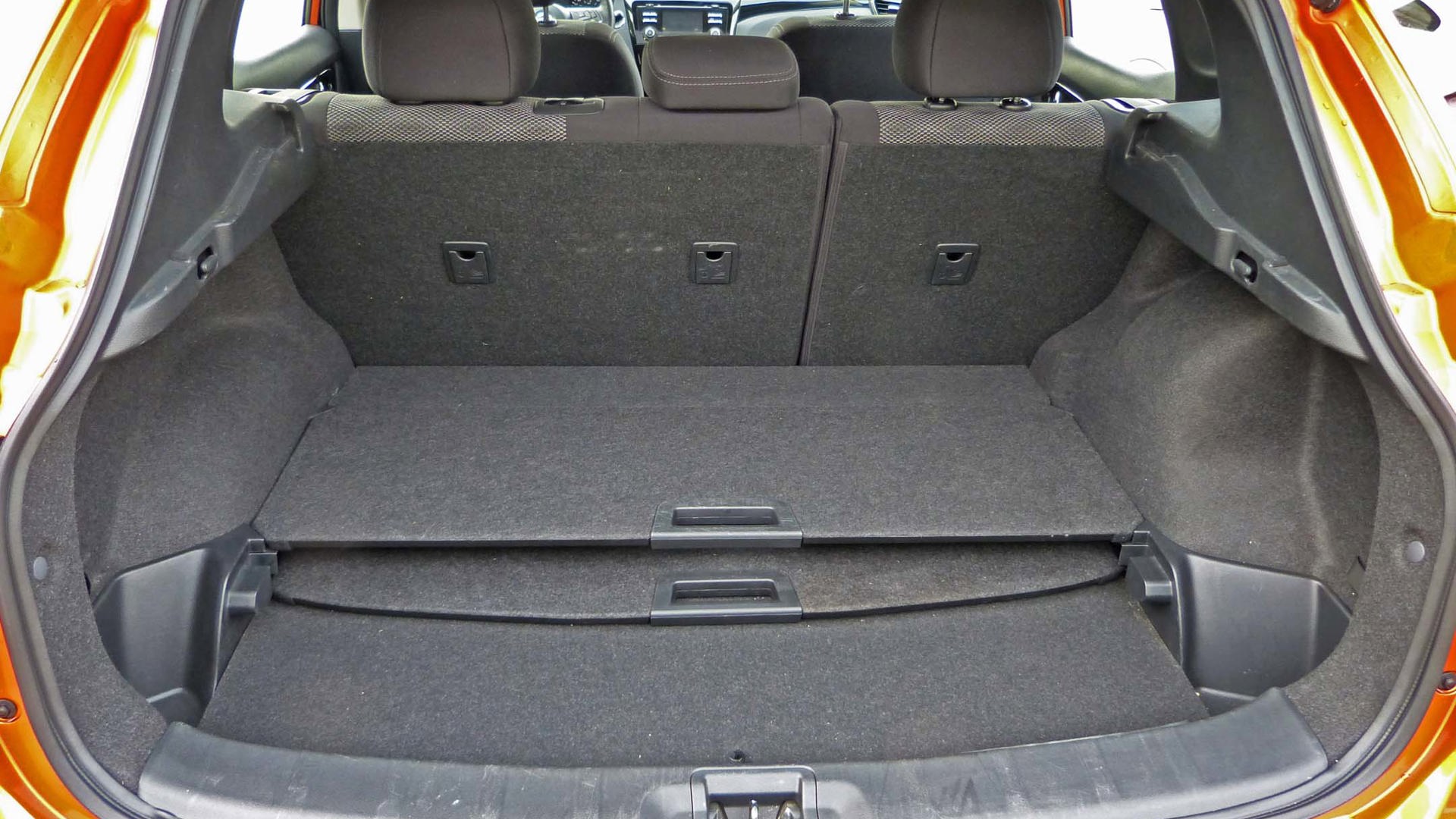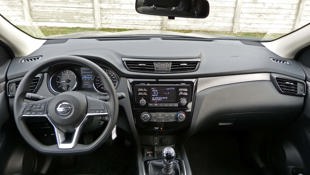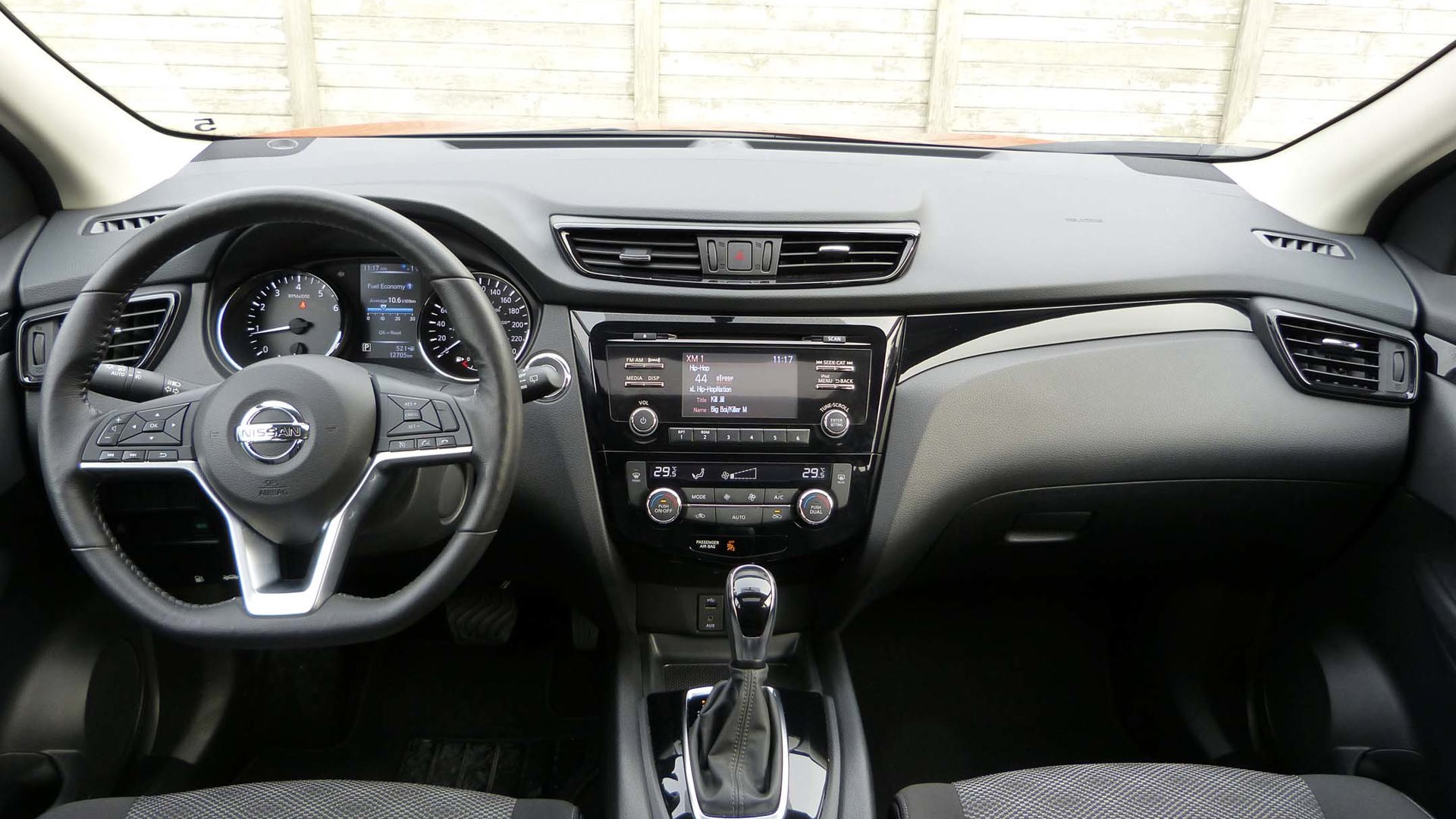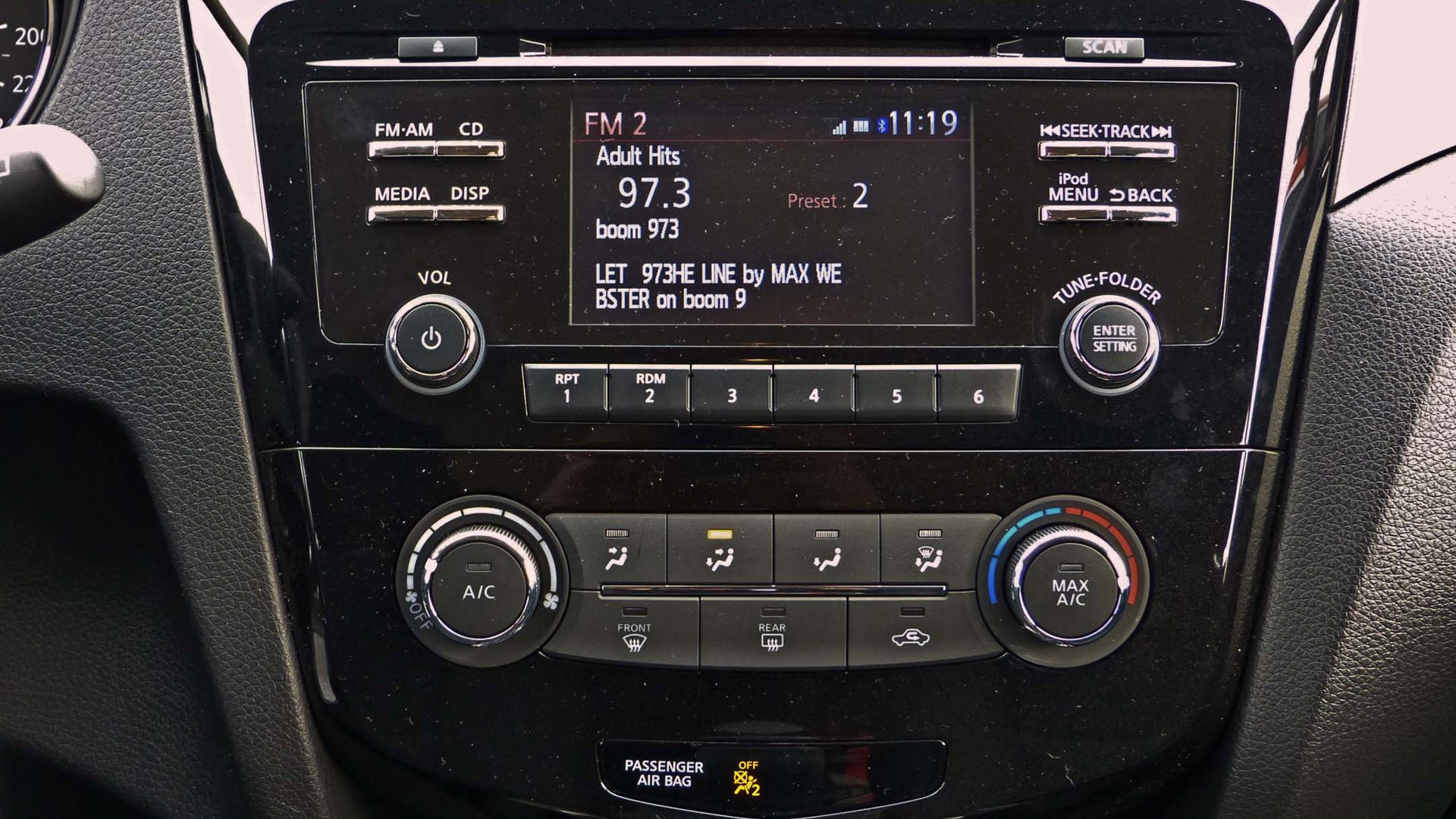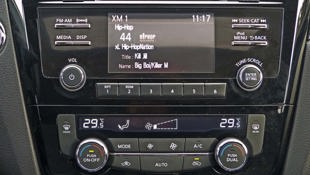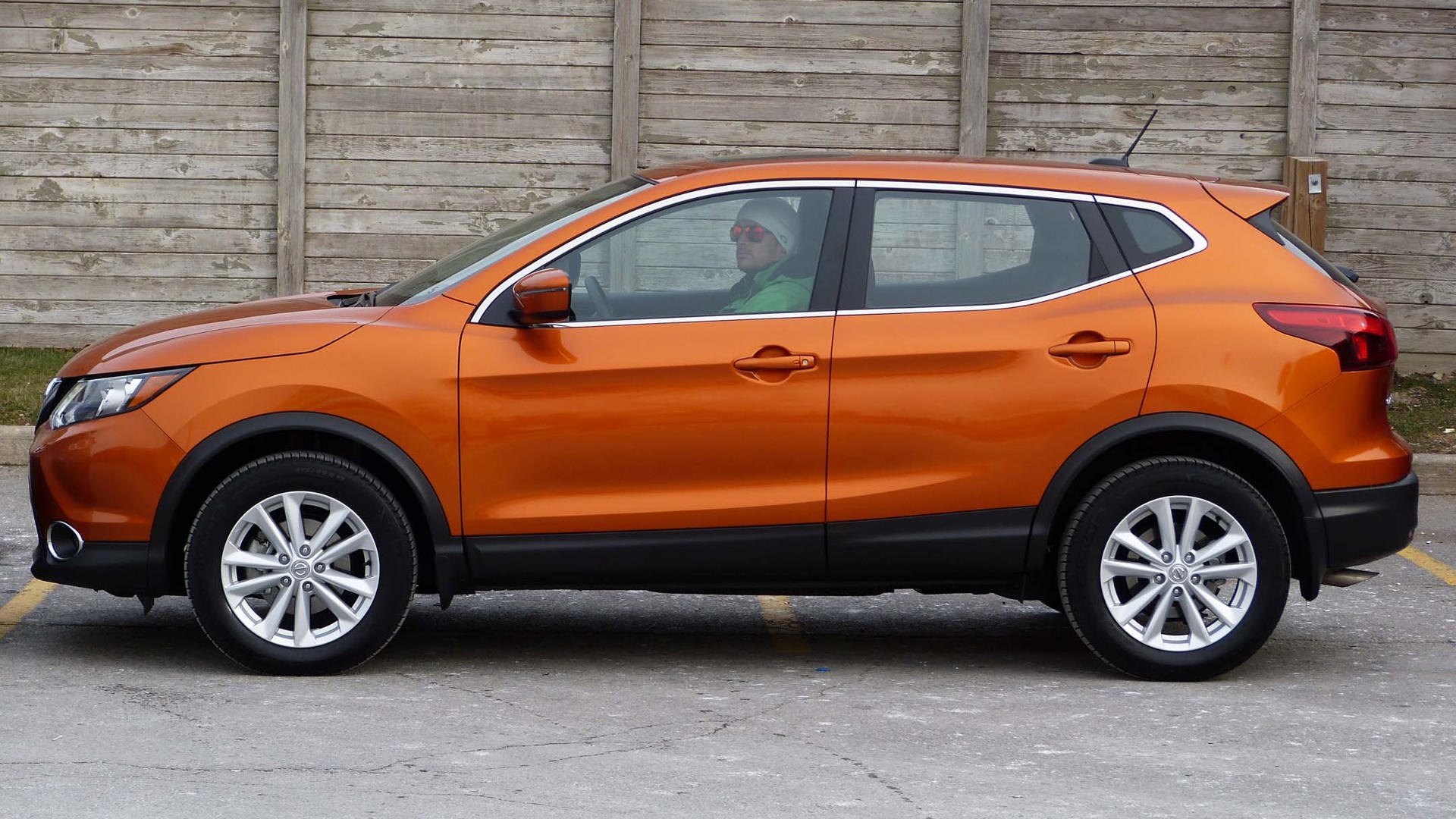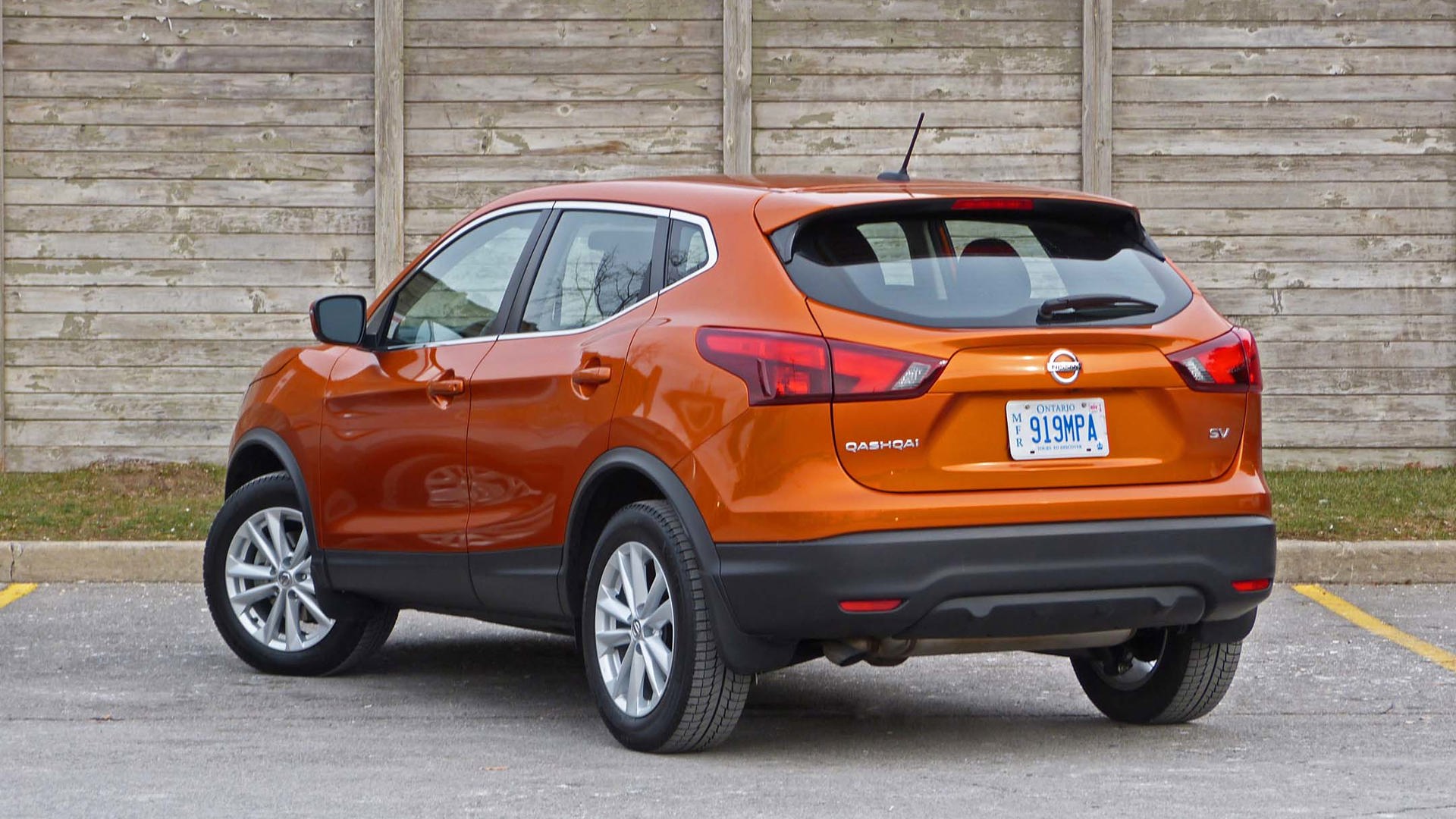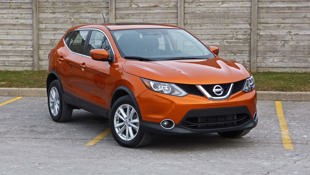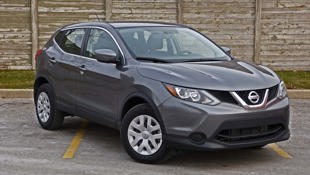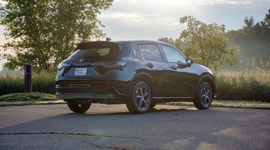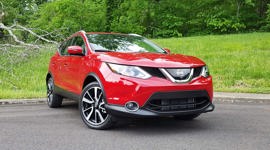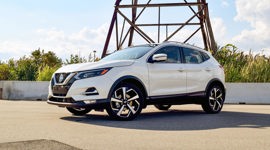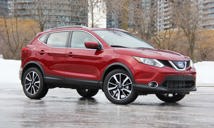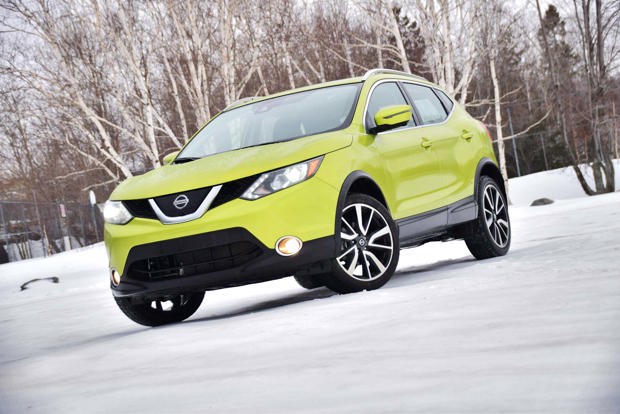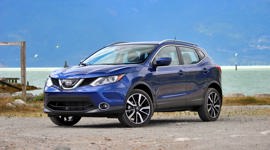Comparison Data
|
2018 Nissan Qashqai S FWD 6MT
|
2018 Nissan Qashqai SV FWD CVT
|
|---|---|
|
Engine Displacement
2.0L
|
2.0L
|
|
Engine Cylinders
I4
|
I4
|
|
Peak Horsepower
141 hp
|
141 hp
|
|
Peak Torque
147 lb-ft
|
147 lb-ft
|
|
Fuel Economy
10.0/8.1/9.2 L/100 km city/hwy/cmb
|
8.8/7.3/8.1 L/100 km city/hwy/cmb
|
|
Cargo Space
648 / 1,730 L seats down
|
566 / 1,500 L seats down
|
|
Base Price
$19,998
|
$24,598
|
|
A/C Tax
$100
|
$100
|
|
Destination Fee
$1,950
|
$1,950
|
|
Price as Tested
$22,048
|
$26,648
|
|
Optional Equipment
None
|
None
|
Photography by Jacob Black and Justin Pritchard
A manual makes everything better. Except when it doesn’t. Fuel economy and stop-and-go traffic are almost always better served by an automatic, but if you want to feel engaged and connected with your ride then the only real solution is a manual gearbox. It can make a sluggish car feel peppy, an SUV feel like a sports car. It enhances your connection to the road by enhancing your connection to the car underneath you.
The things that make the Qashqai great, and helped us select it as our 2018 Compact SUV Top Pick, are that it is well-sized for the city, handles nicely, rides well, and has a decent little engine.
I like manuals. And I already quite like the 2018 Nissan Qashqai. So, when they offered us a sample of a stripper model, complete with front-wheel drive and a manual transmission, I said, “Um… heck yeah!” [He didn’t say “heck”. – Ed.]
And then, because we know that many Canadians shop with their wallets, I resolved to do double duty in this base-model Qashqai and a higher trim, to nut out the differences.
The two trims offered were a $19,998 2018 Nissan Qashqai S FWD and a $24,598 2018 Qashqai SV, also FWD.
There are three AWD trims available – they start at $24,298 for the S, $26,798 for the SV, and $29,498 for the SL – but we’ll be ignoring those for the moment at least. Only the base FWD S gets a manual option; all other trims are CVT only. Freight and PDI for all trims is $1,950.
If you’re paying attention, you probably feel like my allegiance is to the manual, and at first glance, it is. But creature comforts mean a lot to me and my family – pampered as we are. So which Qashqai is the right one?
Drivetrains
No matter which Qashqai you get, it is powered by a 2.0L naturally aspirated four-cylinder engine good for 141 hp and 147 lb-ft of torque. It’s an engine which is right at the cusp of sufficient – on paper at least. Any less, and this wouldn’t be enough. As it sits, this engine is adequate for the 1,331 kg chassis.
The manual transmission is light, smooth, and better defined than you might expect. It’s very user-friendly, with a clutch that is light without feeling vague. I quite enjoyed this shifter, and the best explanation I can give is that it rewards finesse. That gearbox allows easy access to the limited grunt from the naturally aspirated engine.
In traffic, the 2.0L was quite happy to lug along cleanly at just over idle speed, which meant less clutch work and less stress, and made me less likely to want to jump over to the CVT.
And yet trade-offs are inevitable. Manual Qashqais cruise at around 3,250 rpm at 120 km/h, as opposed to the CVT which hovers closer to 1,800–2,000. That in itself is a point to the CVT, as is the dramatically improved fuel economy. Manuals are rated at 10.0/8.1/9.2 L/100 km city/highway/combined, while autos earn a figure of 8.8/7.3/8.1 – a solid 10 percent better.
Your ears will pay the price for the fuel-saving though, and I found that the drone of the CVT was even more pronounced after a week in the manual. That sensation that the engine is losing power to the drivetrain is there, even if that sensation isn’t rooted in reality. The noise, the lag, and the lack of punctuation make accelerating in a CVT feel less brisk than in a manual. Of course, reality is that it is in fact better, but without a stop watch to measure by, perception outranks reality here.
Handling and Ride Comfort
The only mechanic difference in the handling department is the 16-inch steel wheels with hubcaps (you can call them wheel covers until you’re blue in the face… but they’re hubcaps) on the S. The SV gets 17-inch alloys. Both trims get a front stabilizer bar and independent struts up front, as well as independent multi-link rear suspension out back.
Ride comfort is surprisingly good. I found myself pleasantly surprised by the lack of jounce and clatter on some of Toronto’s worst roads in both models. Steering is accurate, though light, and handling is better than you might expect. The Qashqai is an entertaining drive if you wish it to be. Is it a sports car? No, despite the lairy paint. It’s a compact/sub-compact SUV – but it drives very nicely.
Inside Stuff
Visibility and ergonomics are strong in the Qashqai, and that doesn’t change with the trim level. The seating position, ease of use of the radio and the gear shifter are all well situated.
Both Qashqais get a 5.0-inch colour monitor in the centre stack, but the one on the S has only four speakers connected to it and is missing SiriusXM. The one on the SV has six speakers and gets SiriusXM.
The SV’s steering wheel also has a steering-wheel heater. Or at least, a button for one. The S has no steering wheel heater at all, but Nissan’s steering wheel heaters have been neutered so hard by that company’s over-zealous and paranoid legal department that they are utterly useless. That same legal department, by the way, is responsible for Nissan’s industry-worst door lock logic. It will not unlock the door with the ignition on, period, no matter how many times you pull the handle. Nope, you must find and press the finicky little lock button, every time. Other cars open the driver’s door any time you pull the inside handle, or at the very least, any time you double-pull it.
The only other significant difference is in the back, where the SV has Nissan’s Divide-N-Hide cargo system. It provides a false floor for more security, and for a fully flat surface when the rear seats are folded. The S does not have this.
Both trims get cloth seats – six-way adjustable drivers, and four-way passenger. The SV has automatic climate control, while the S has a regular old air-conditioning/heating system.
Either trim gets you text-to-voice and voice-to-text handsfree SMS messaging, and Siri. No Android Auto or CarPlay yet.
So yes, the SV has more interior creature comforts, but the two key ones are SiriusXM satellite radio, and the weak-sauce heated steering wheel. Whoop-de-doo!
Outside Stuff
Exterior upgrades are more prominent. For example, the SV gets a power moonroof and fog lights.
Actually, those are the only differences. Maybe the differences aren’t that pronounced after all.
Safety Stuff
Dear e-brakes, you suck. Love Jacob. I’m sorry, but electronic parking brakes are just plain annoying. I never feel confident they’re engaged properly, they’re fiddly, and they don’t let you do handbrake turns – not that I would, of course. And, despite having a manual gearbox, the S has an e-brake. If you like e-brakes, that’s a good thing. I don’t.
All Qashqais also get Trace Control brake-based torque distribution for handling, ride control, stability control, brake assist, and hill-start assist. It’s a wash between these trims here, too.
So, the S then?
The fact is, the things that make the Qashqai great, and helped us select it as our 2018 Compact SUV Top Pick, are that it is well-sized for the city, handles nicely, rides well, and has a decent little engine. Those things are actually enhanced by the base model, where the manual gearbox is well suited to the motor, and the lack of creature comforts fits its cheerful personality.
The SV is a small leap in content for a bigger jump in price.
If you do want all the mod cons and funky features, frankly, you’d need to go all the way to the top trim SL, where things like blind-spot warning, adaptive cruise control, automatic emergency braking, and lane-keep assist become available in the $2,700 SL + Platinum Package. That’s the only Qashqai with Nissan’s excellent AroundView Monitor too.
What we’re trying to say is this: The Qashqai is a well-executed compact SUV. Size-wise it sits right in the sweet spot that things like the CR-V and RAV4 used to occupy before they ballooned. Its bones are strong, and you don’t need the full feature list to make this a good choice. For my mind, your choices are simple: Go the base-model manual FWD S if you can handle not having all the big-ticket features. But once you do decide to add on bonus bits, you may as well go the full beans AWD SL with the Platinum package. And skim over the middle ground.
